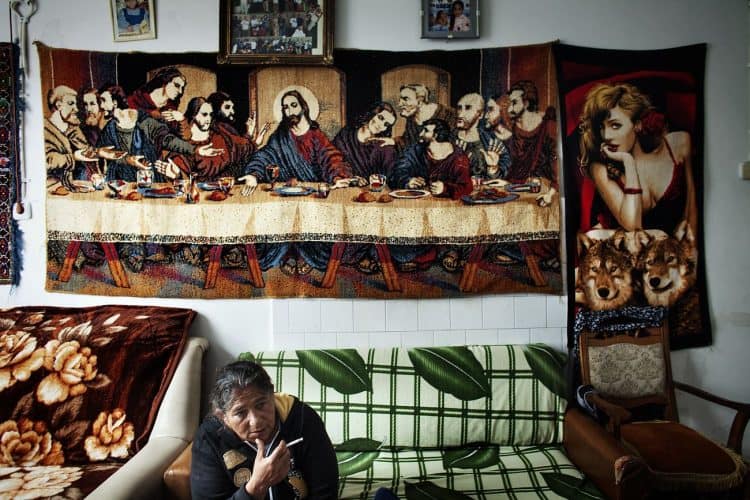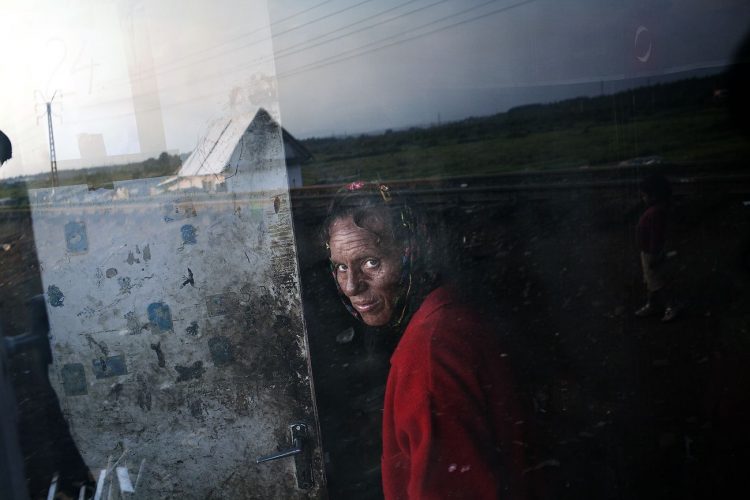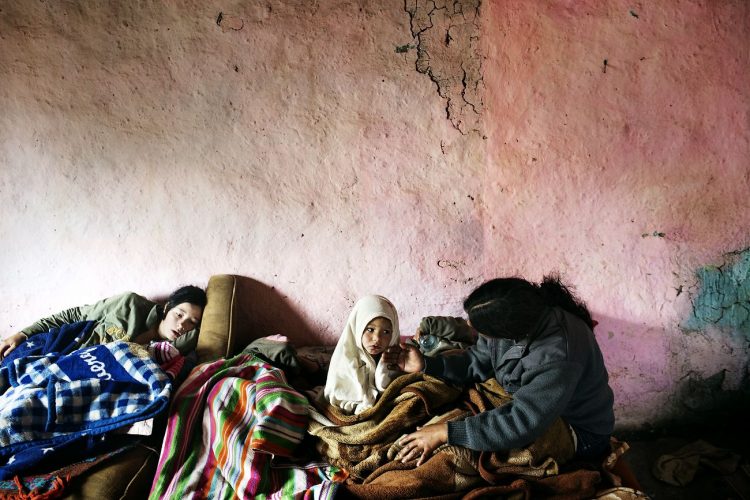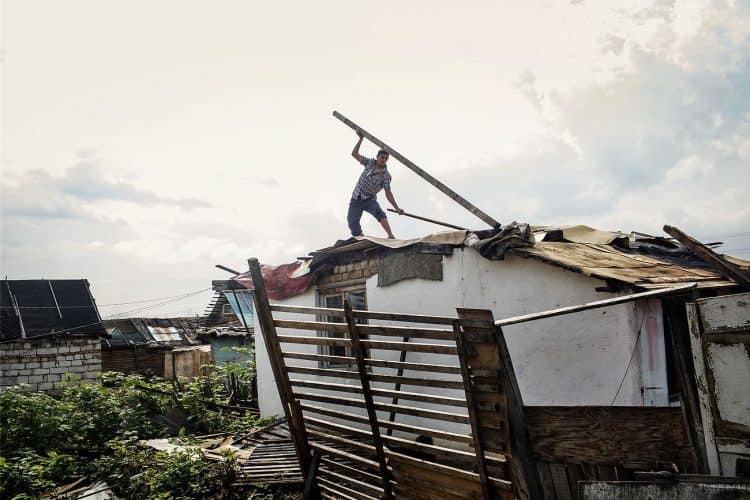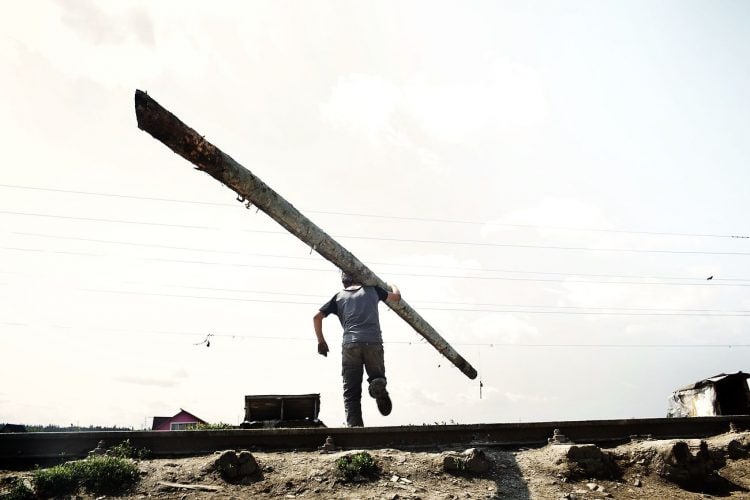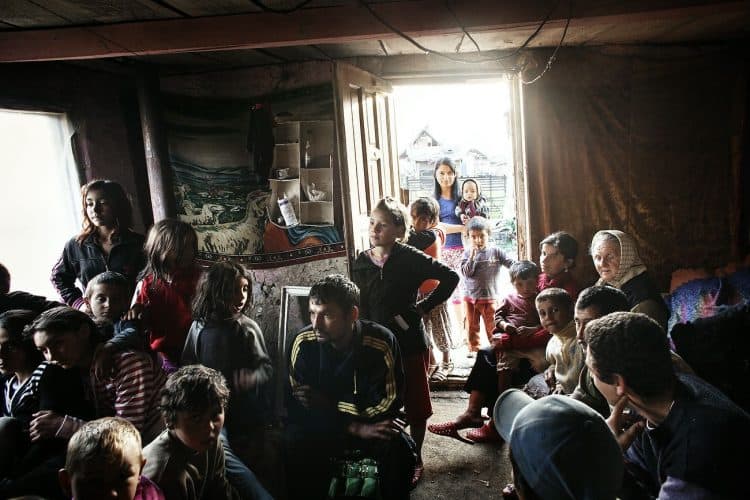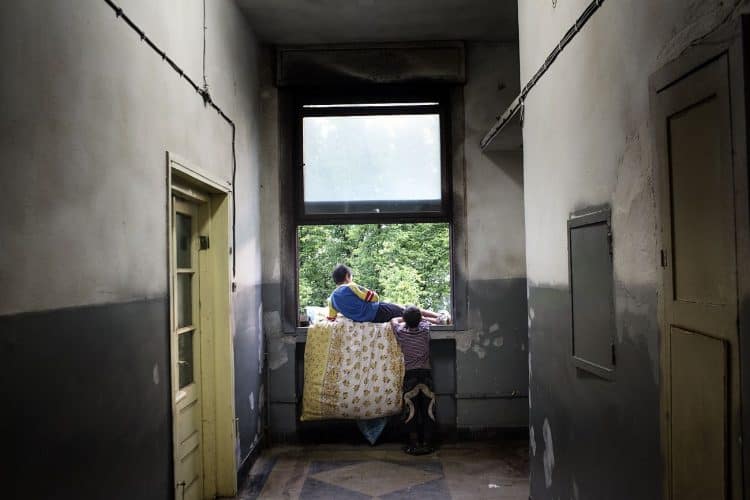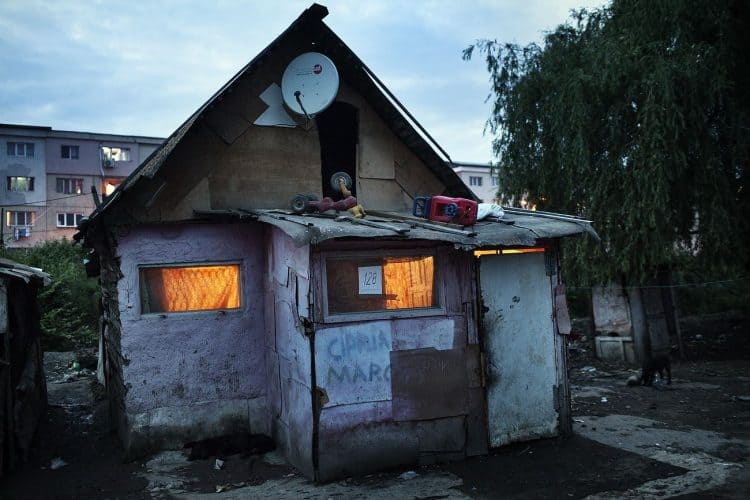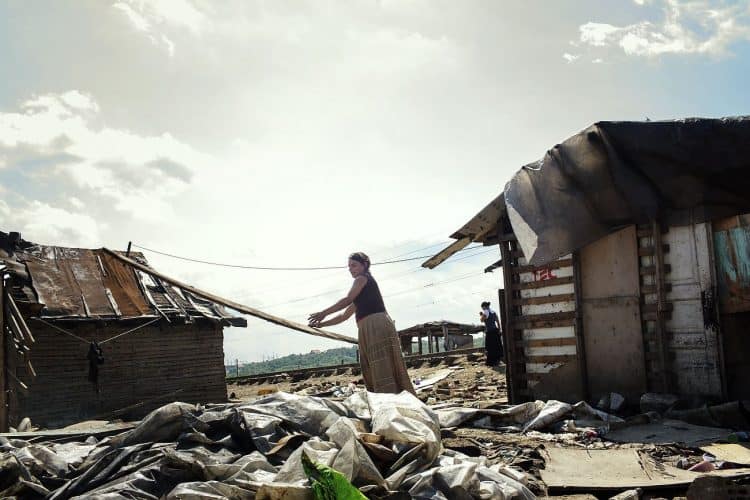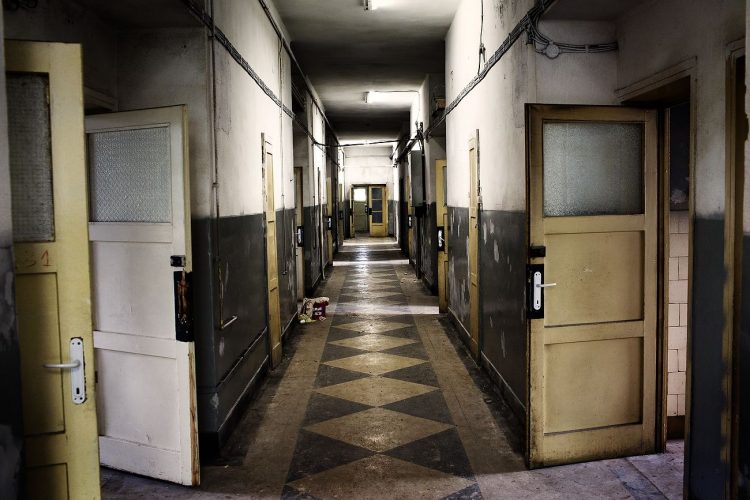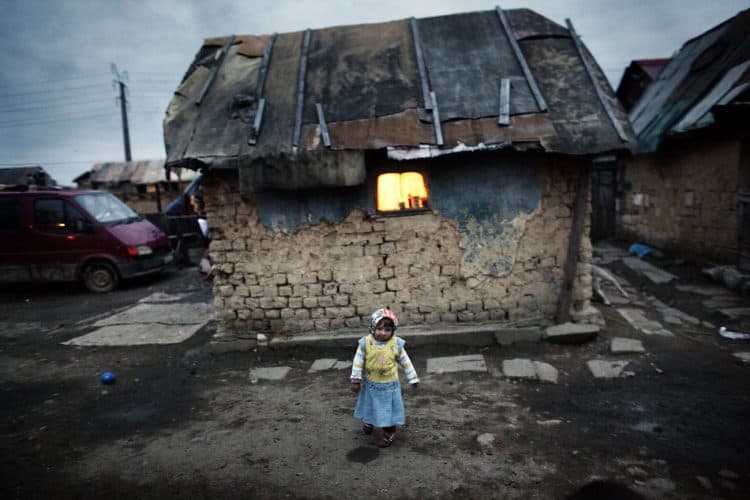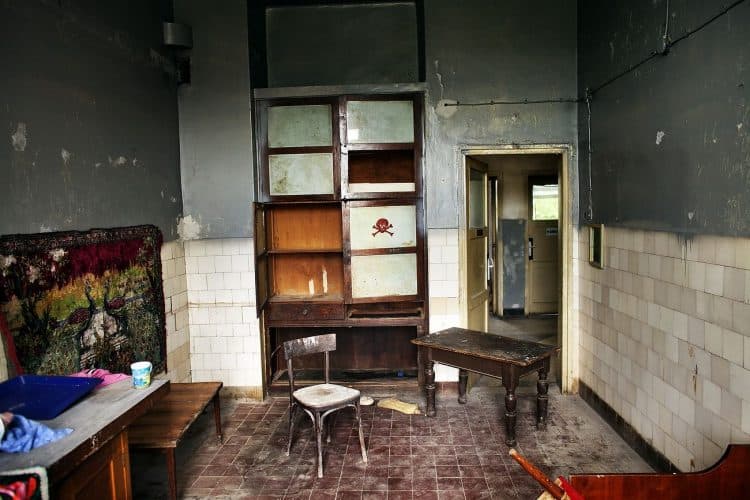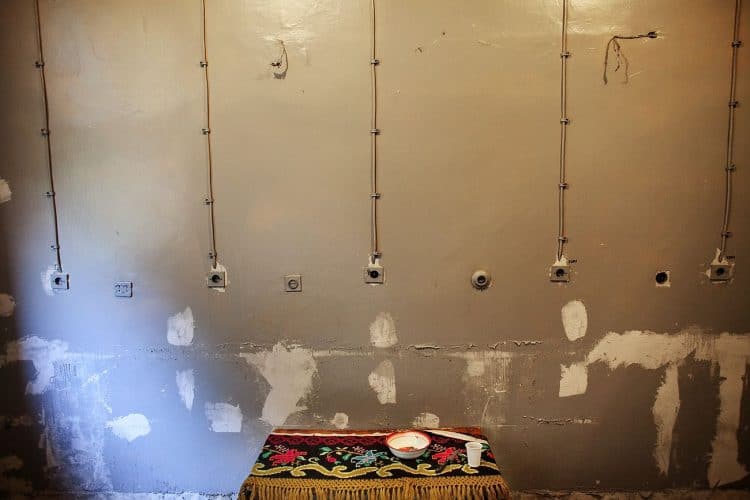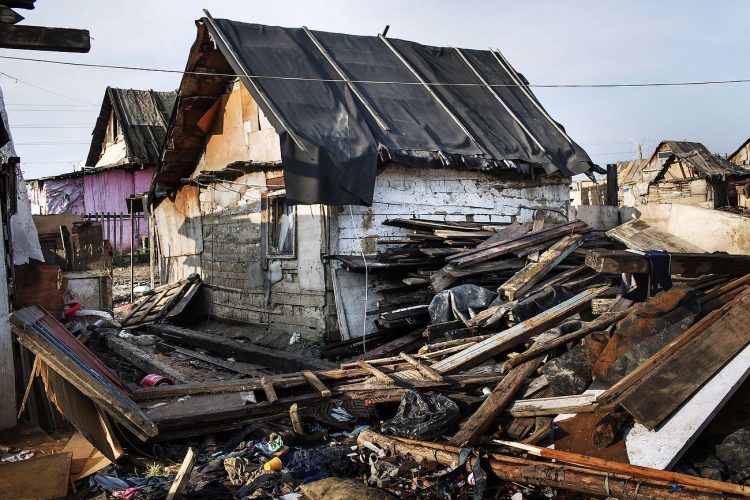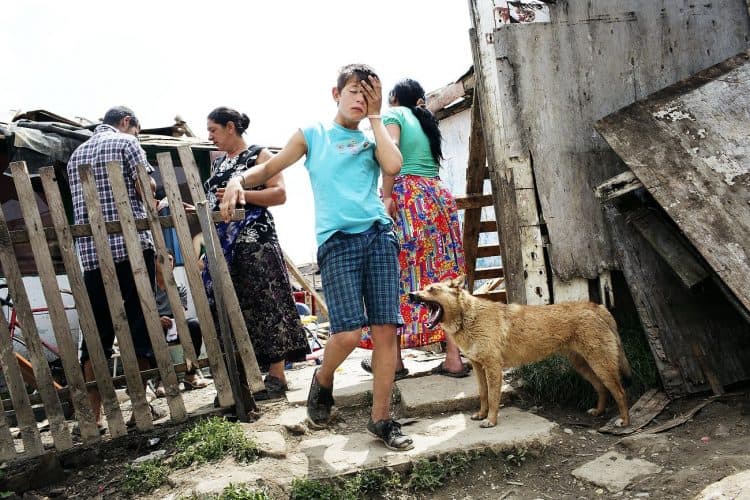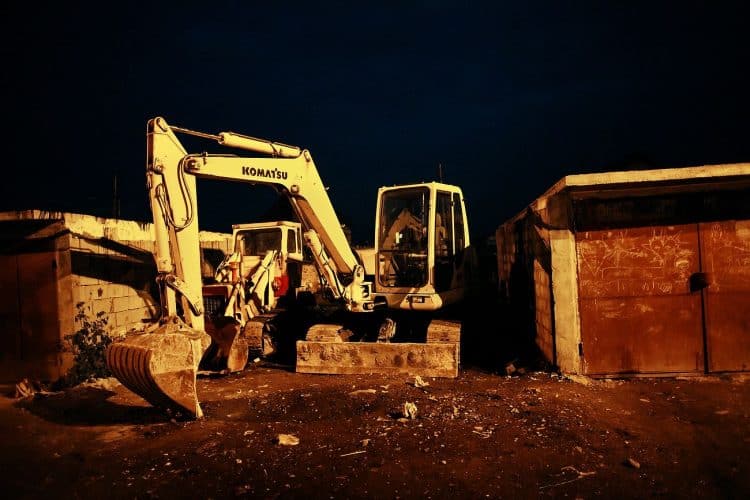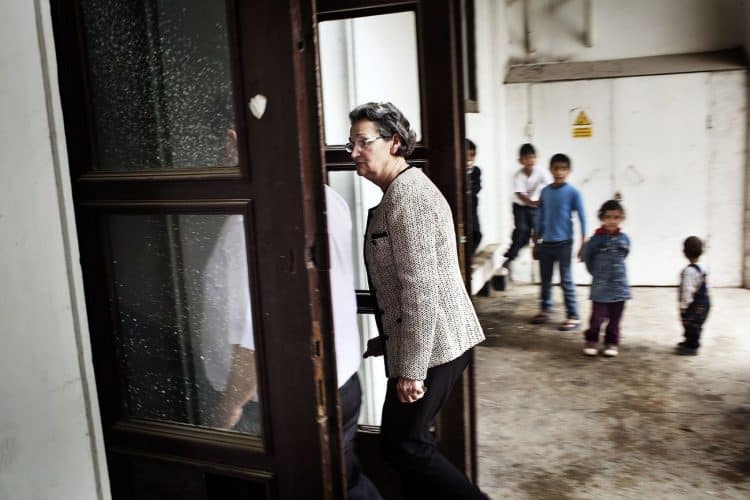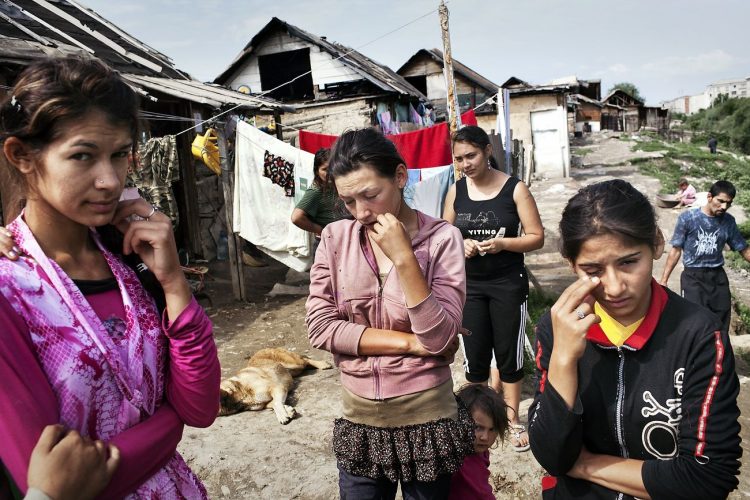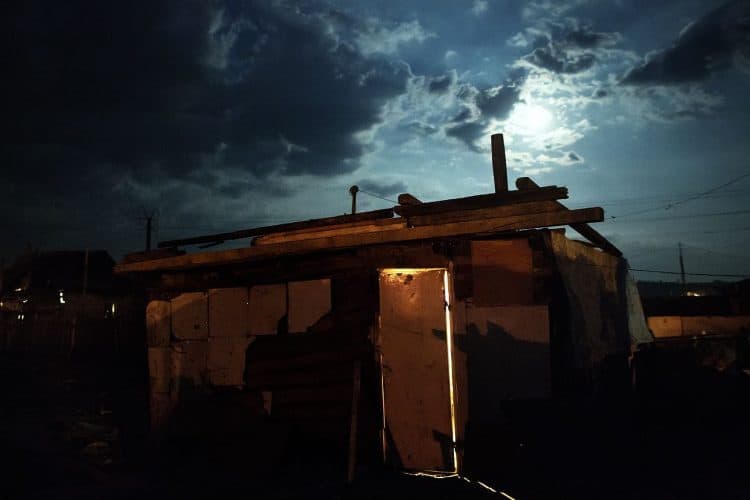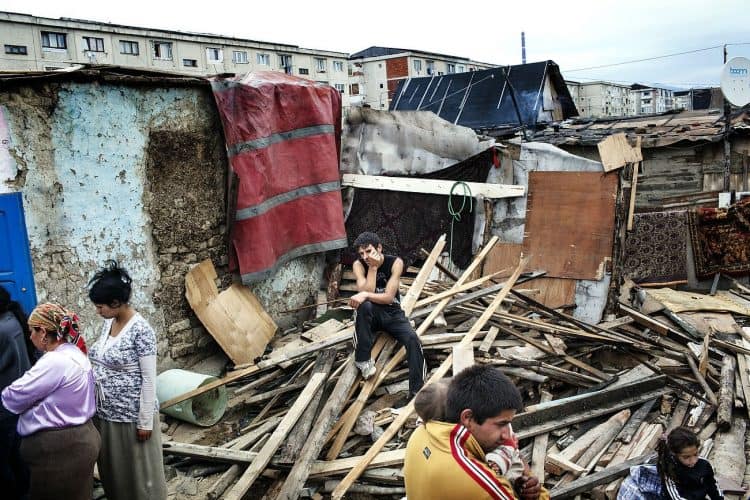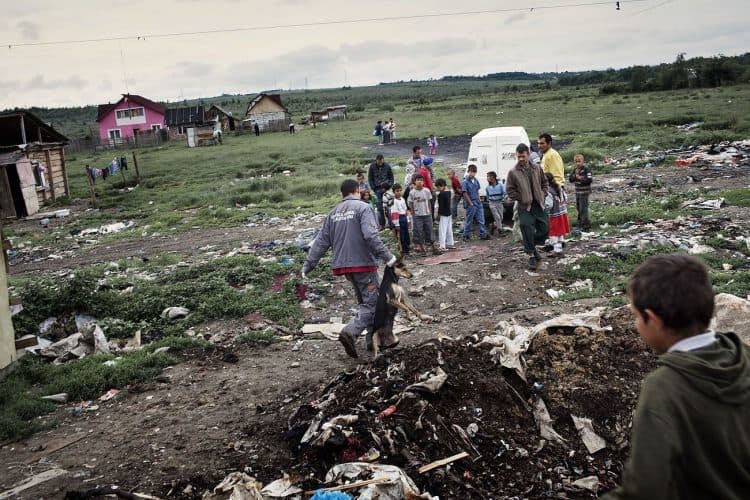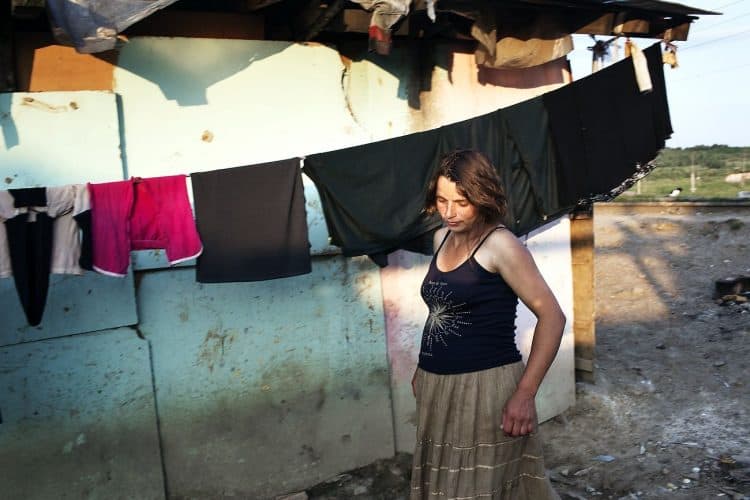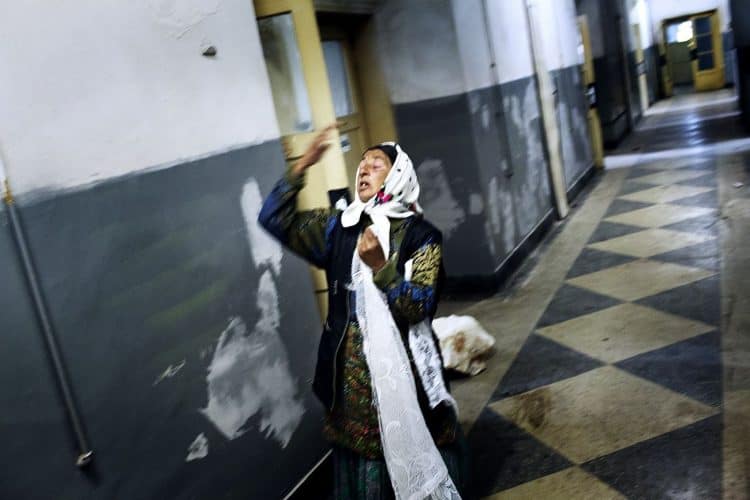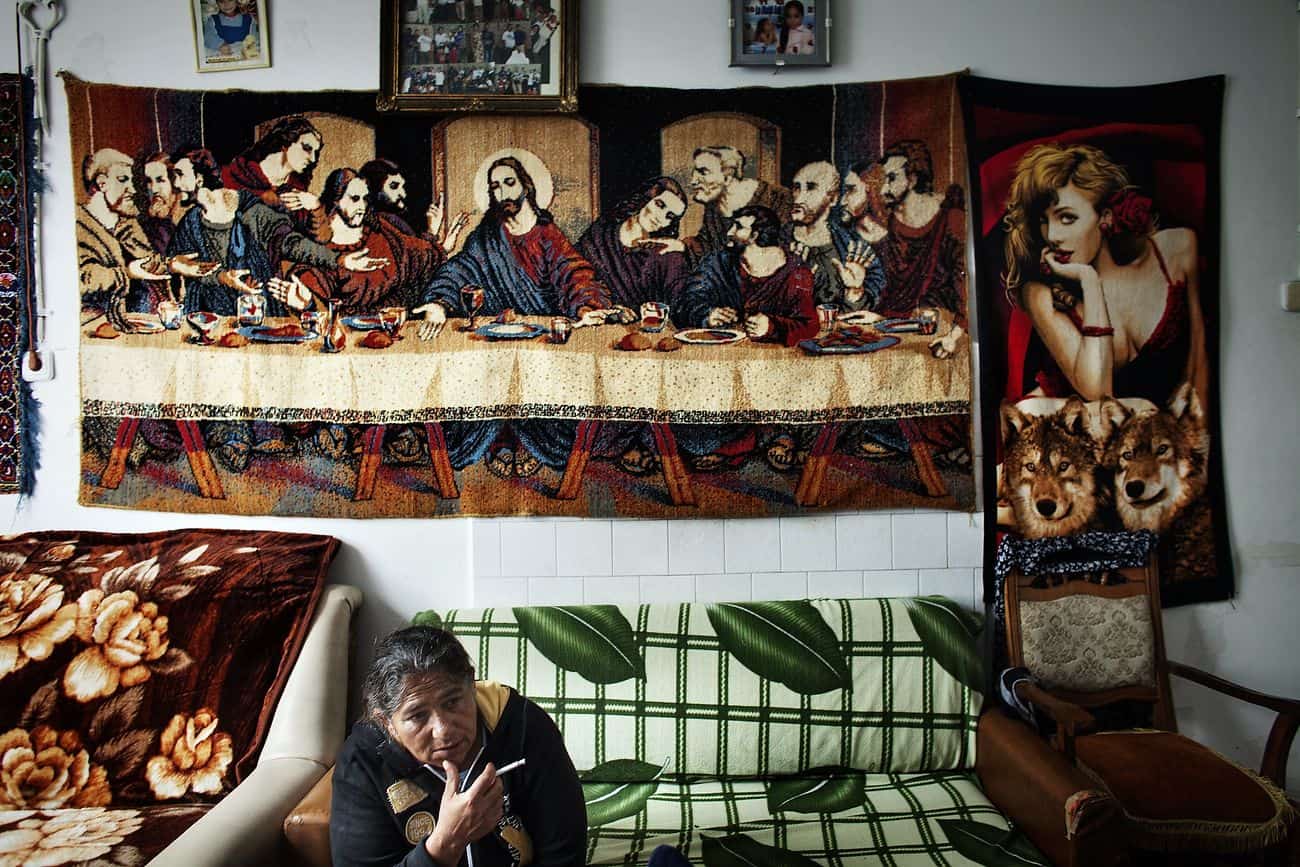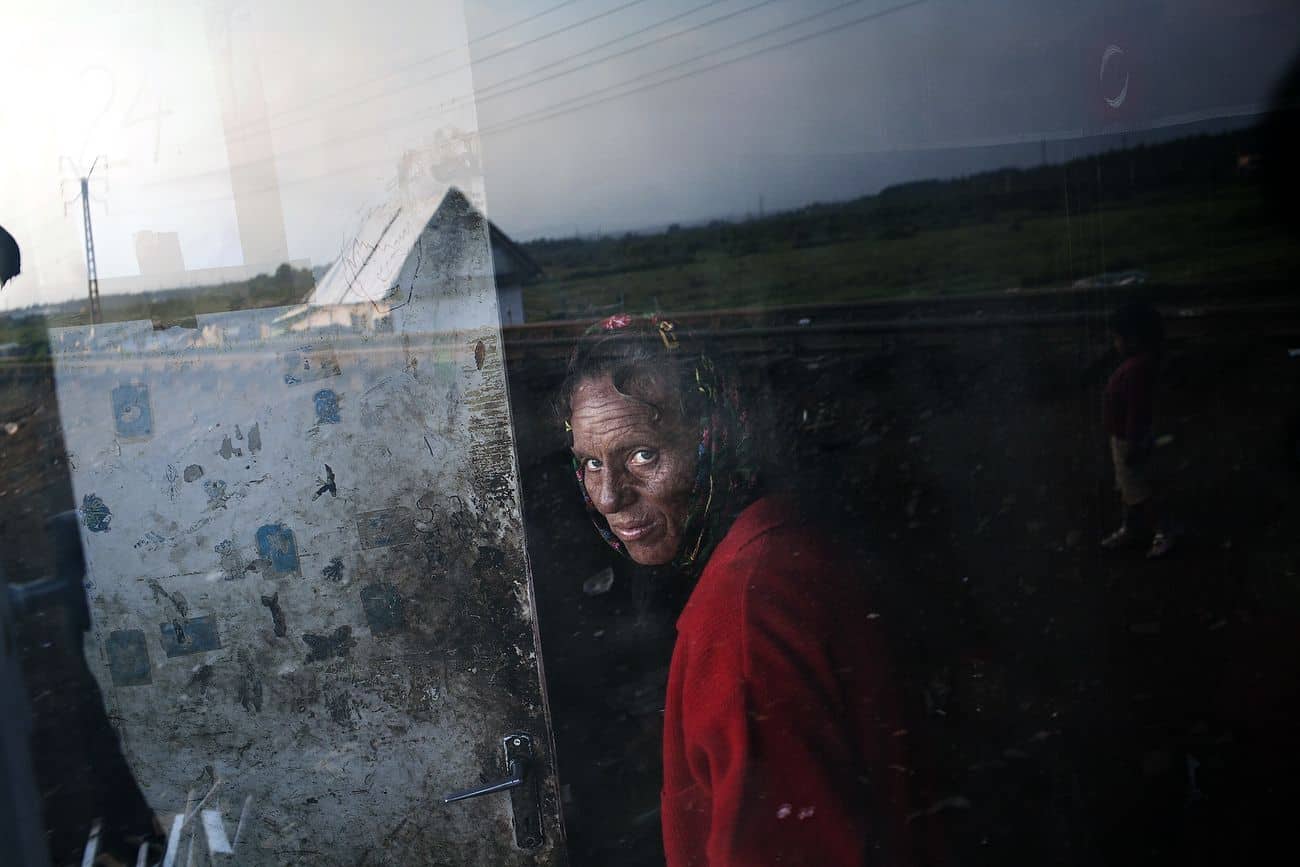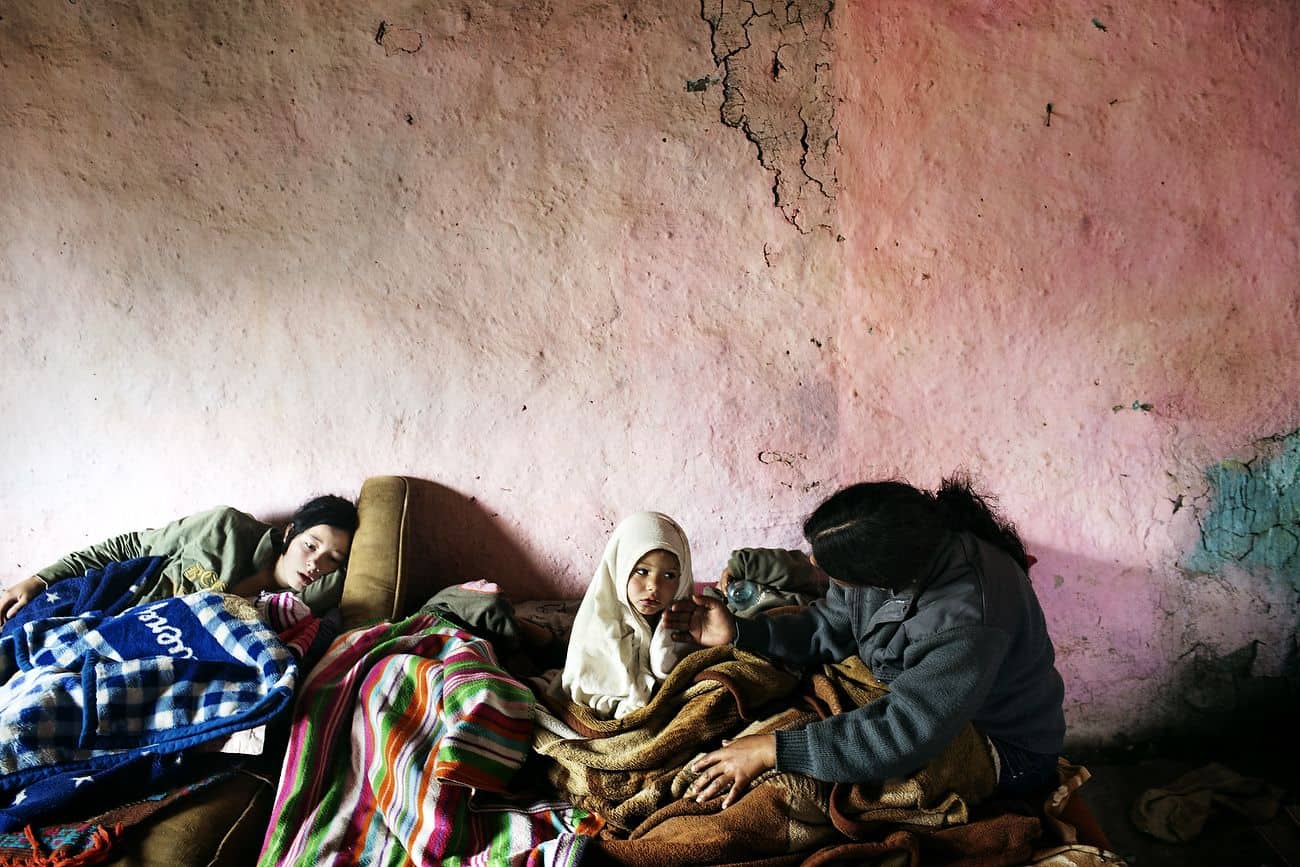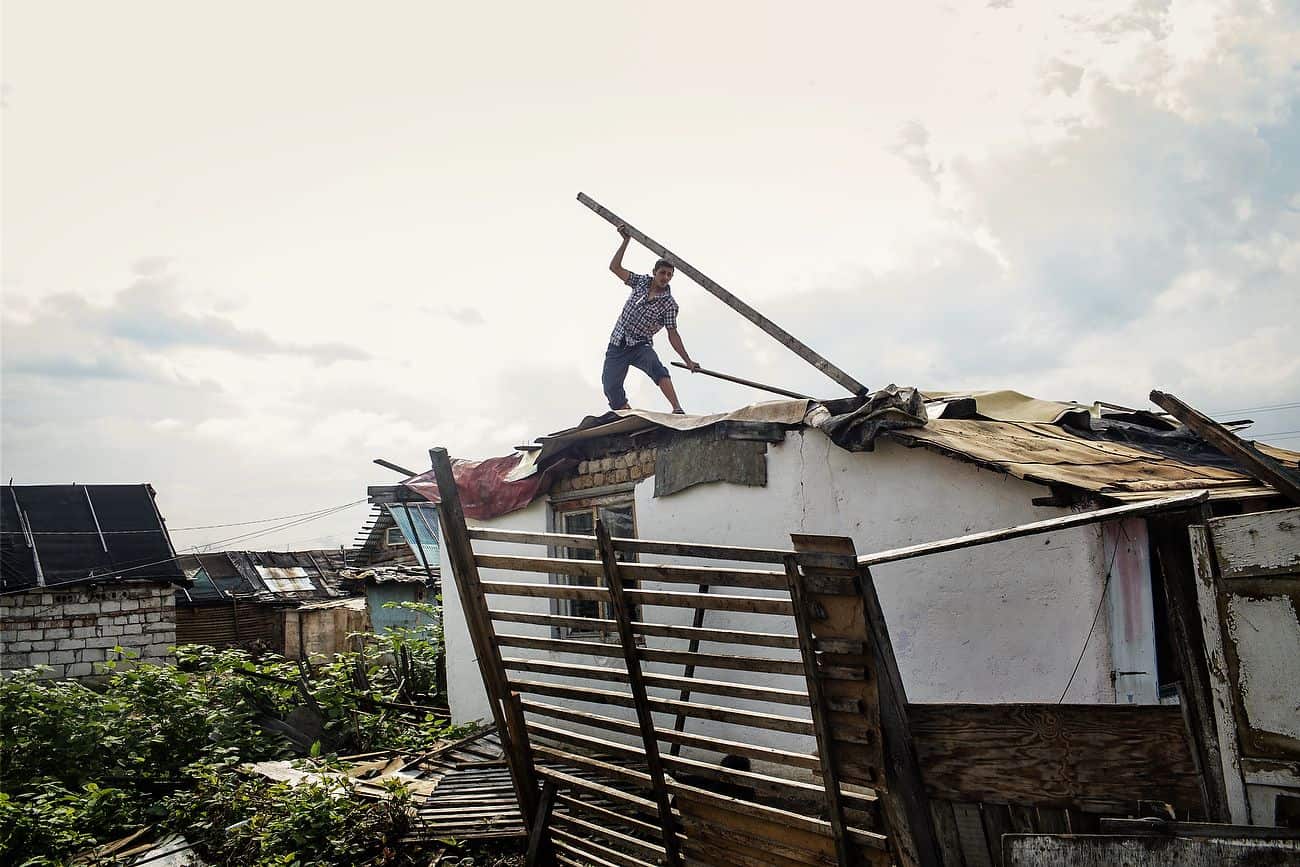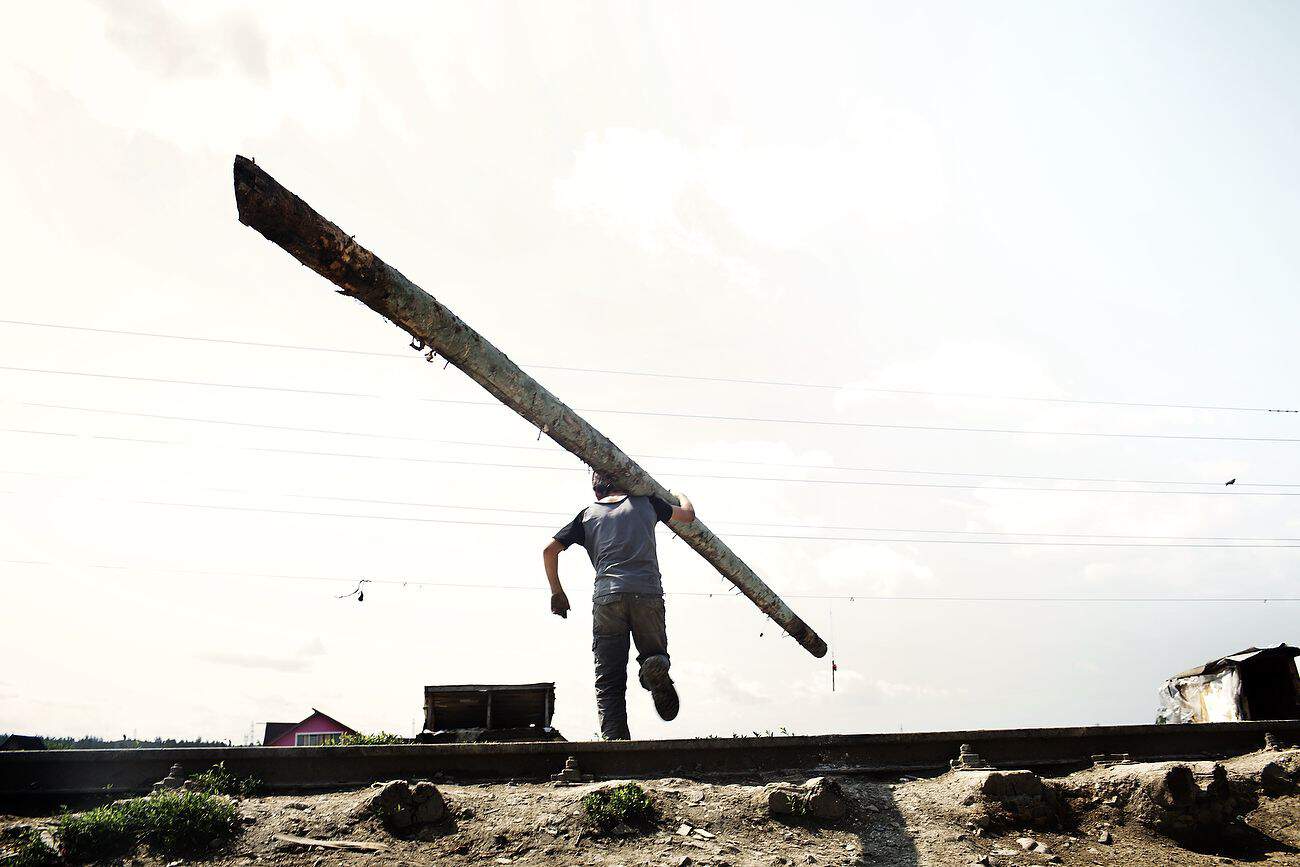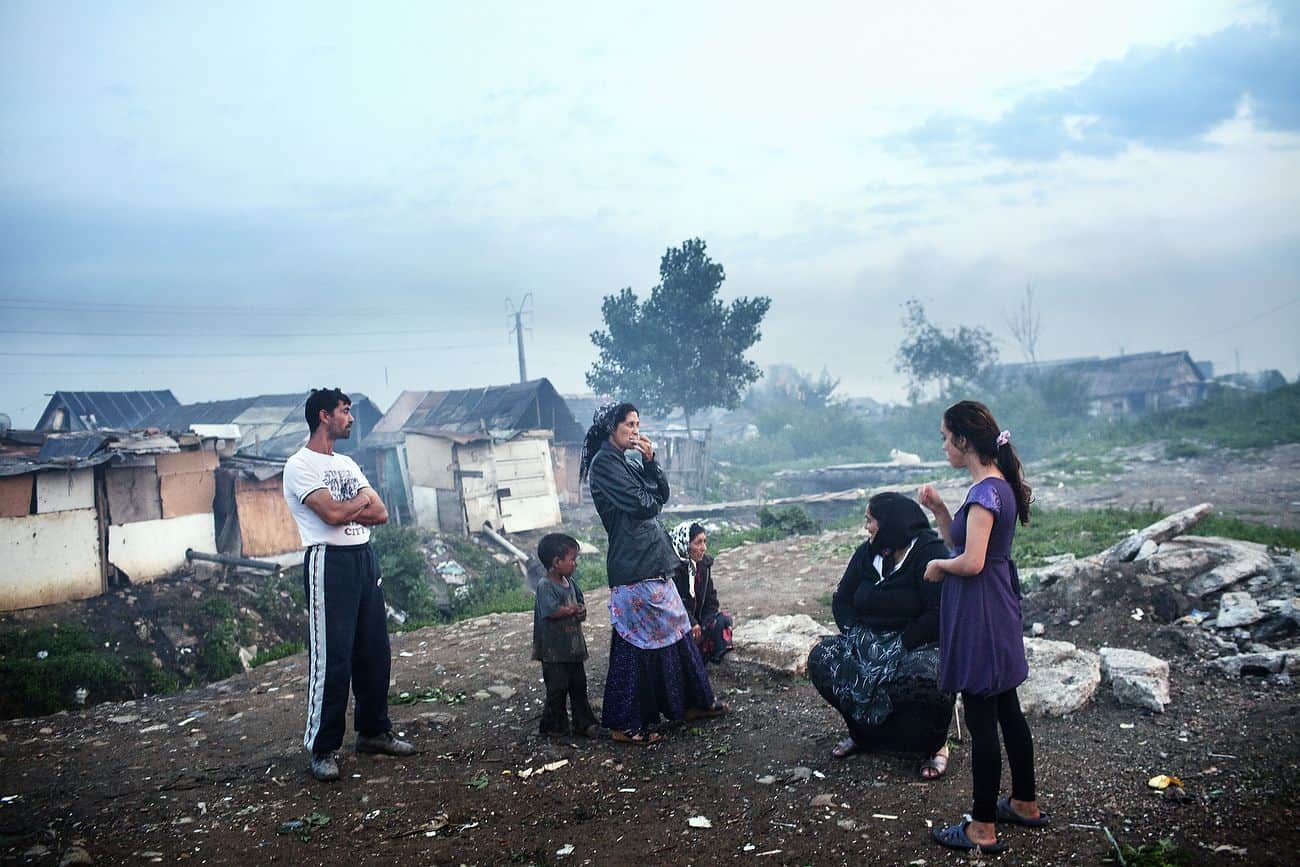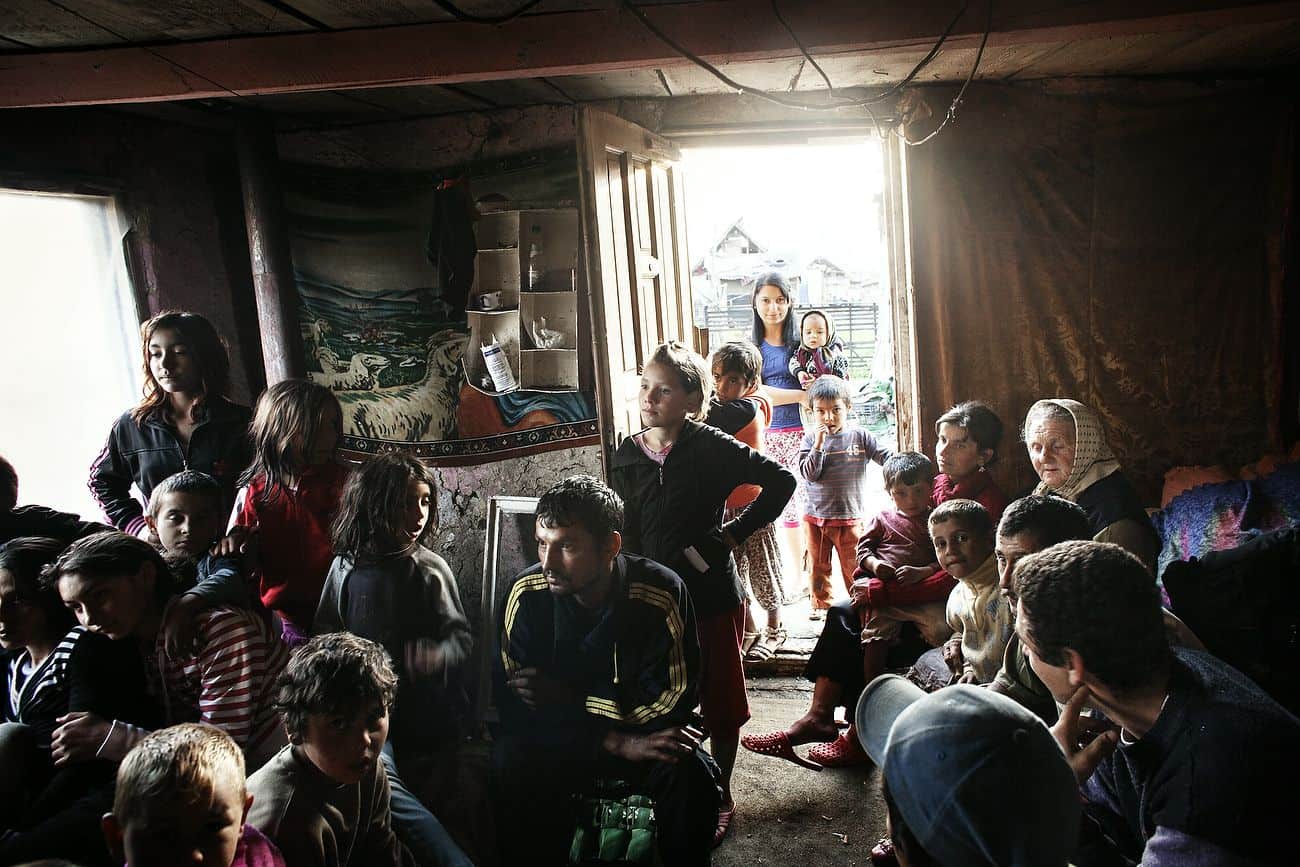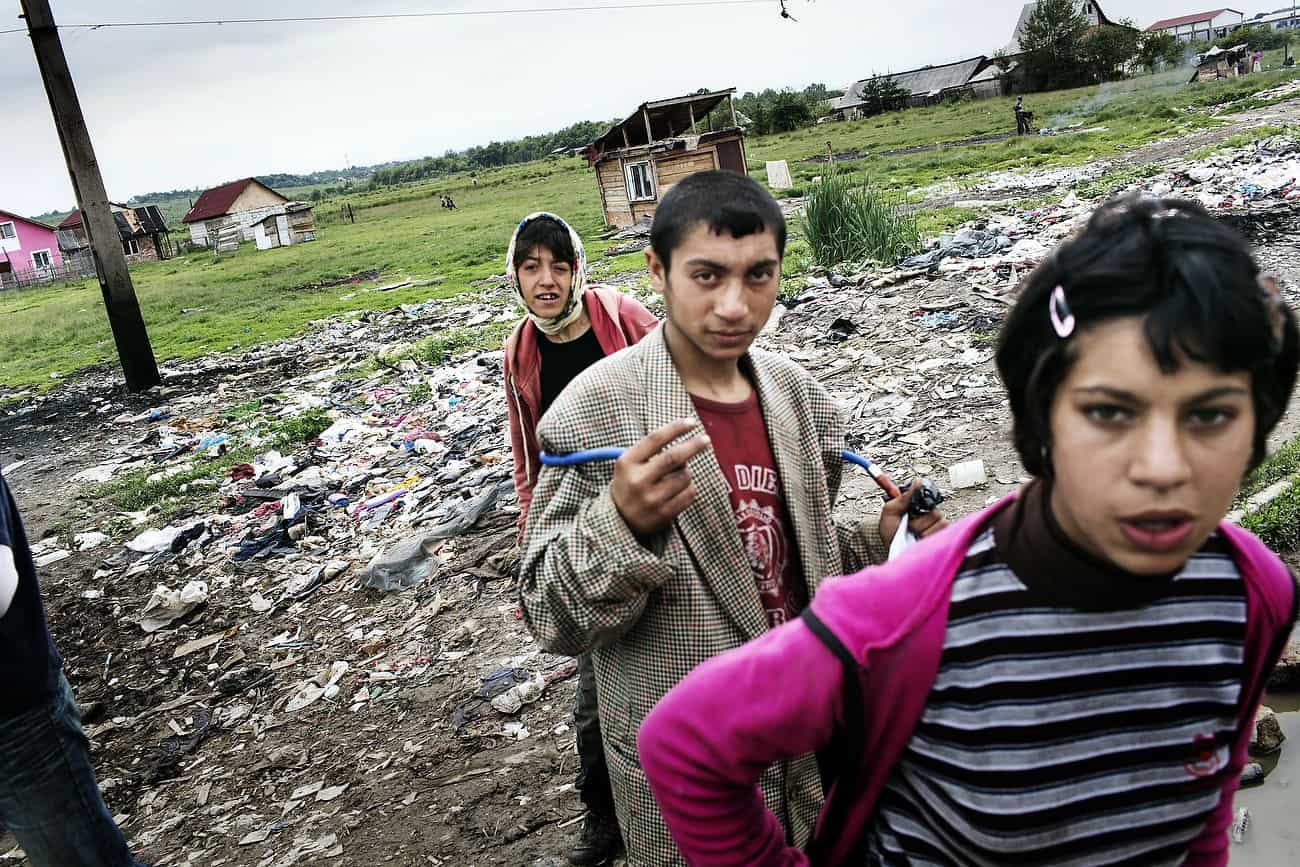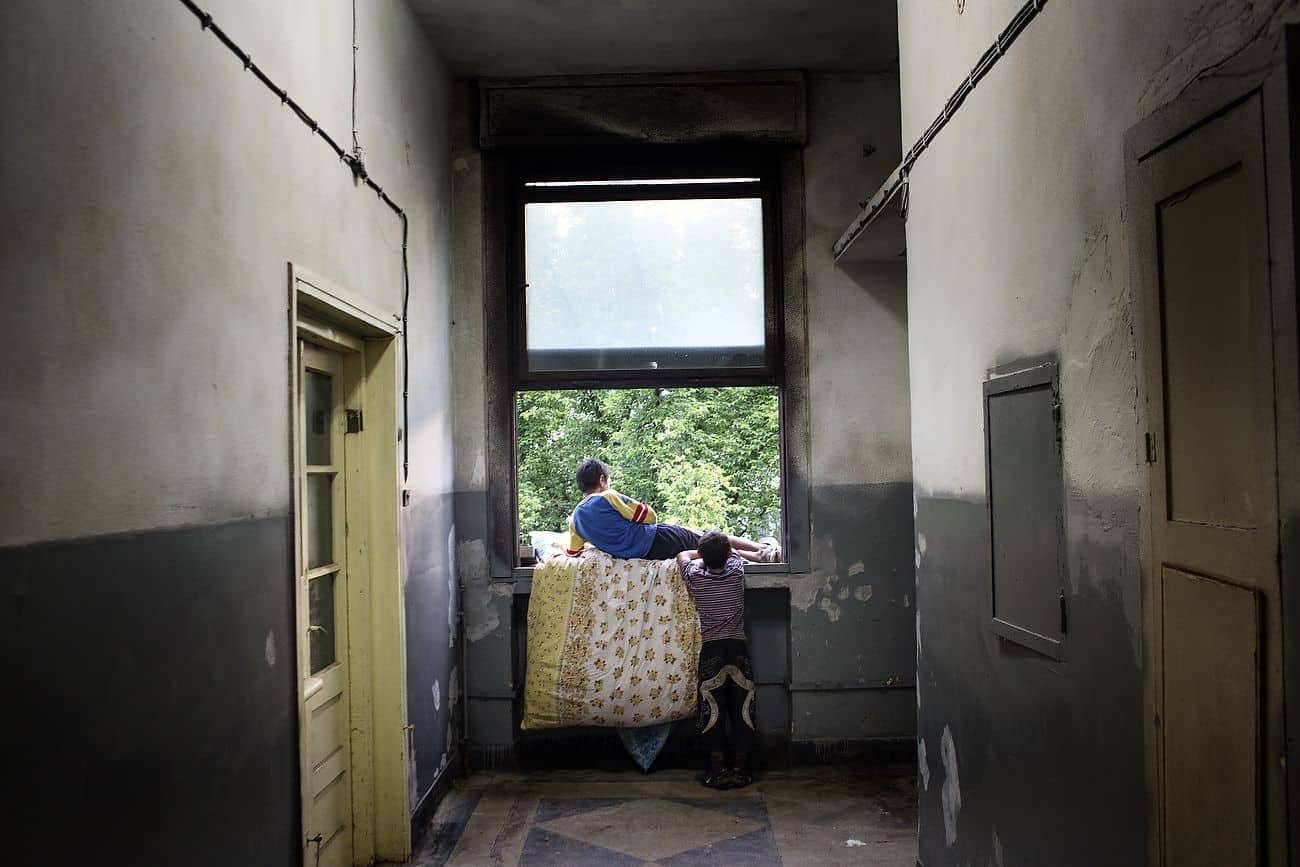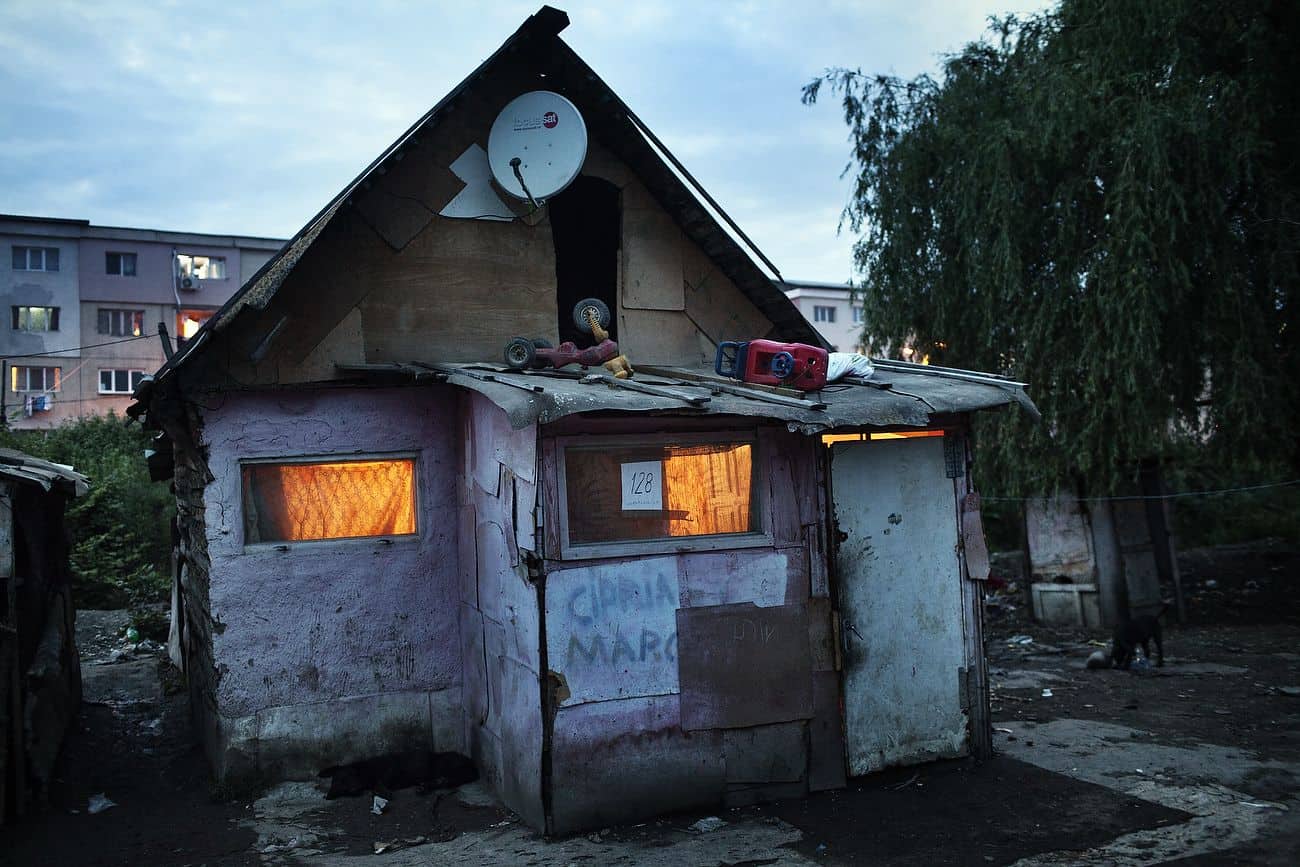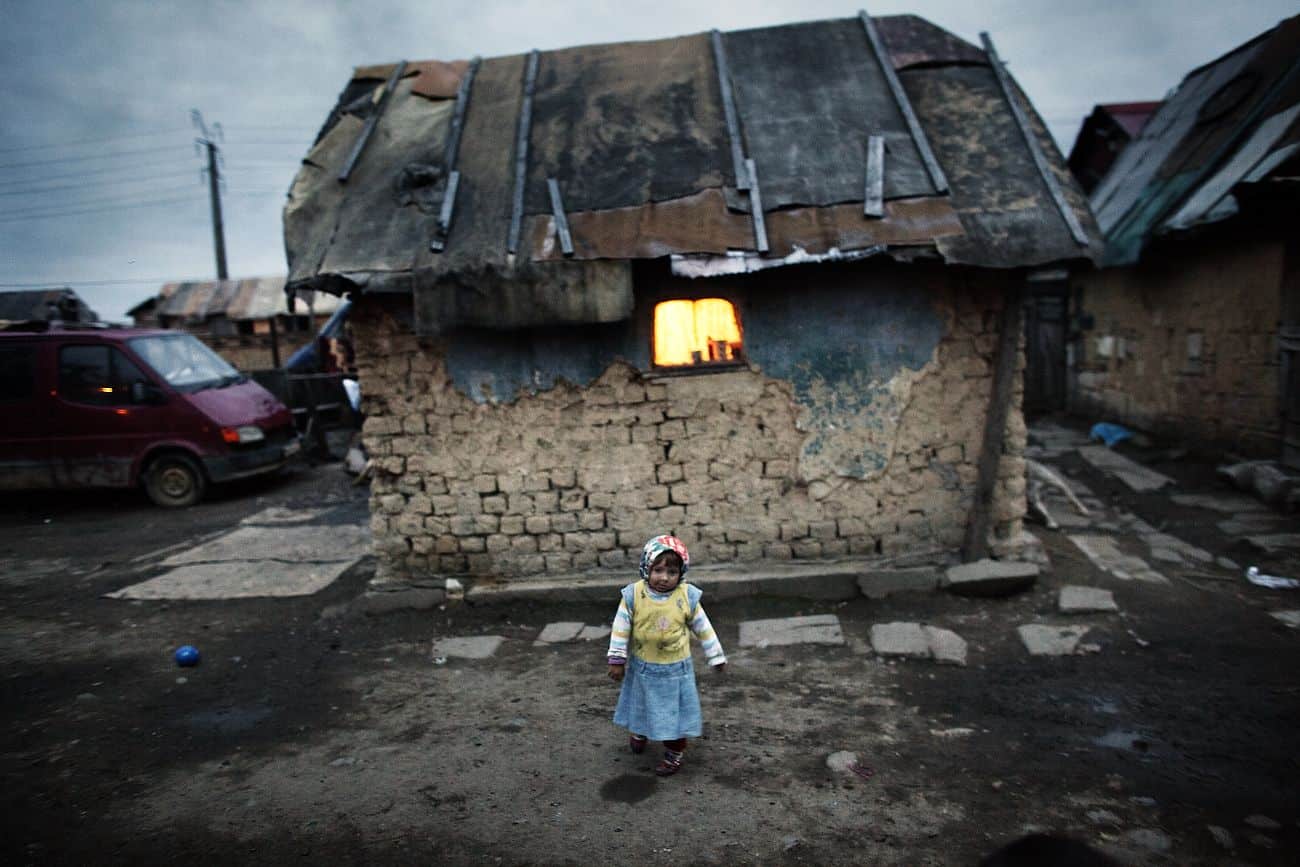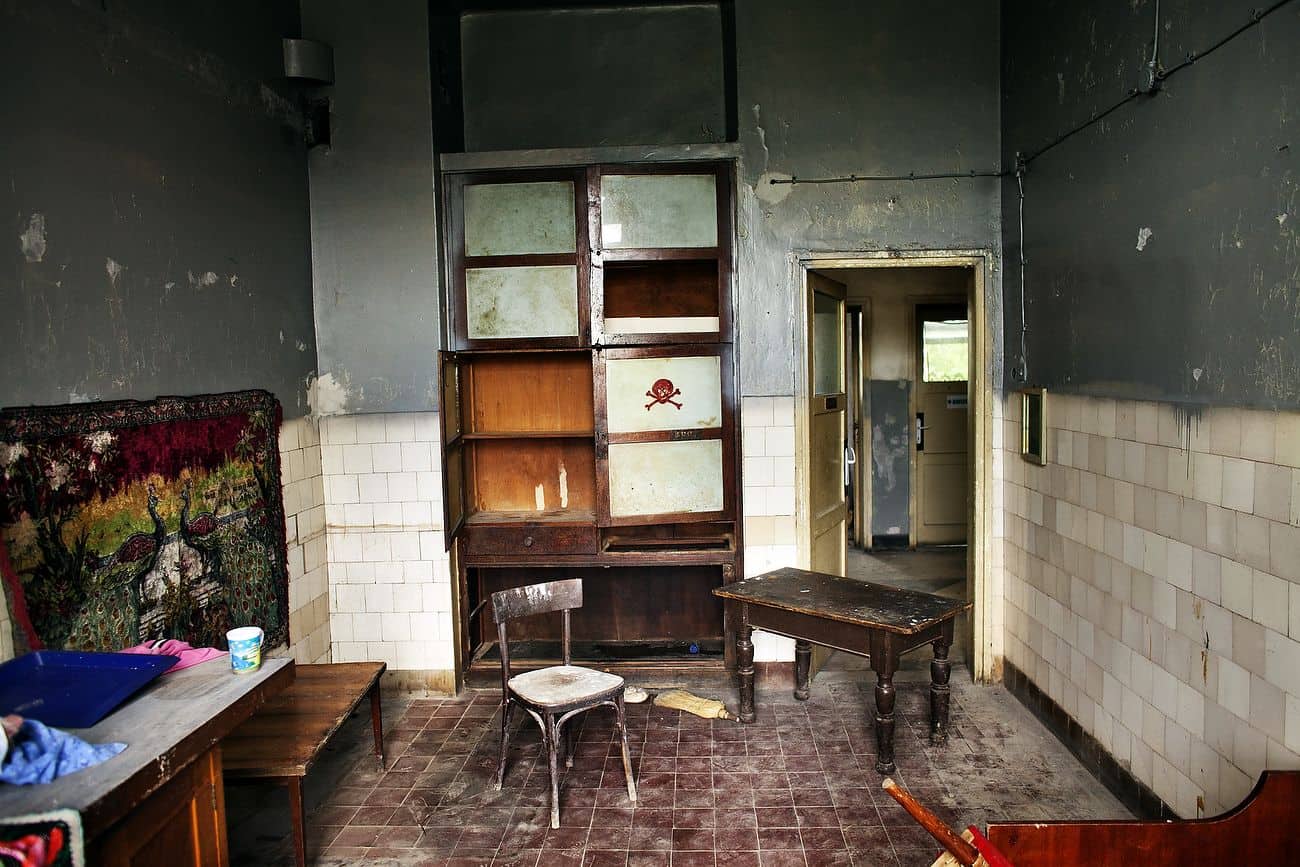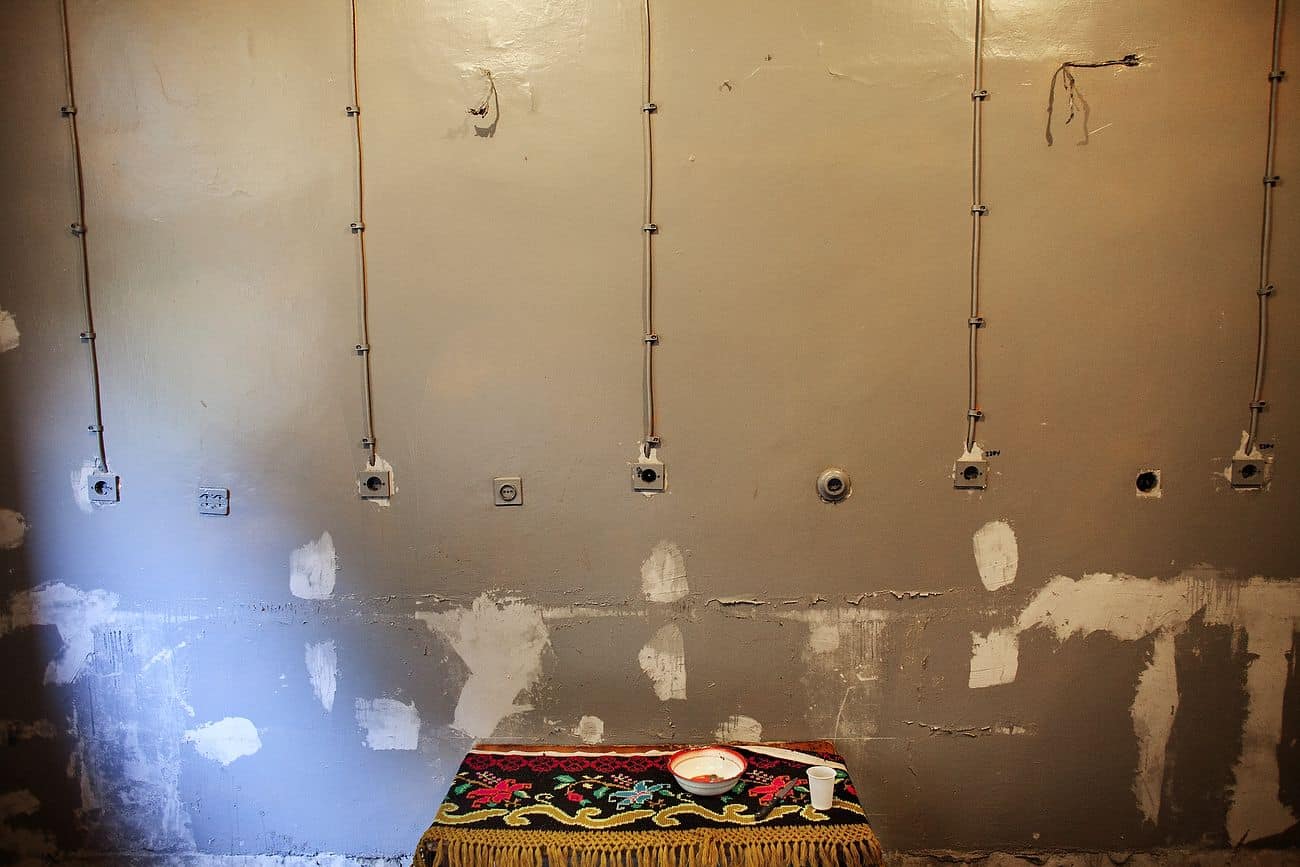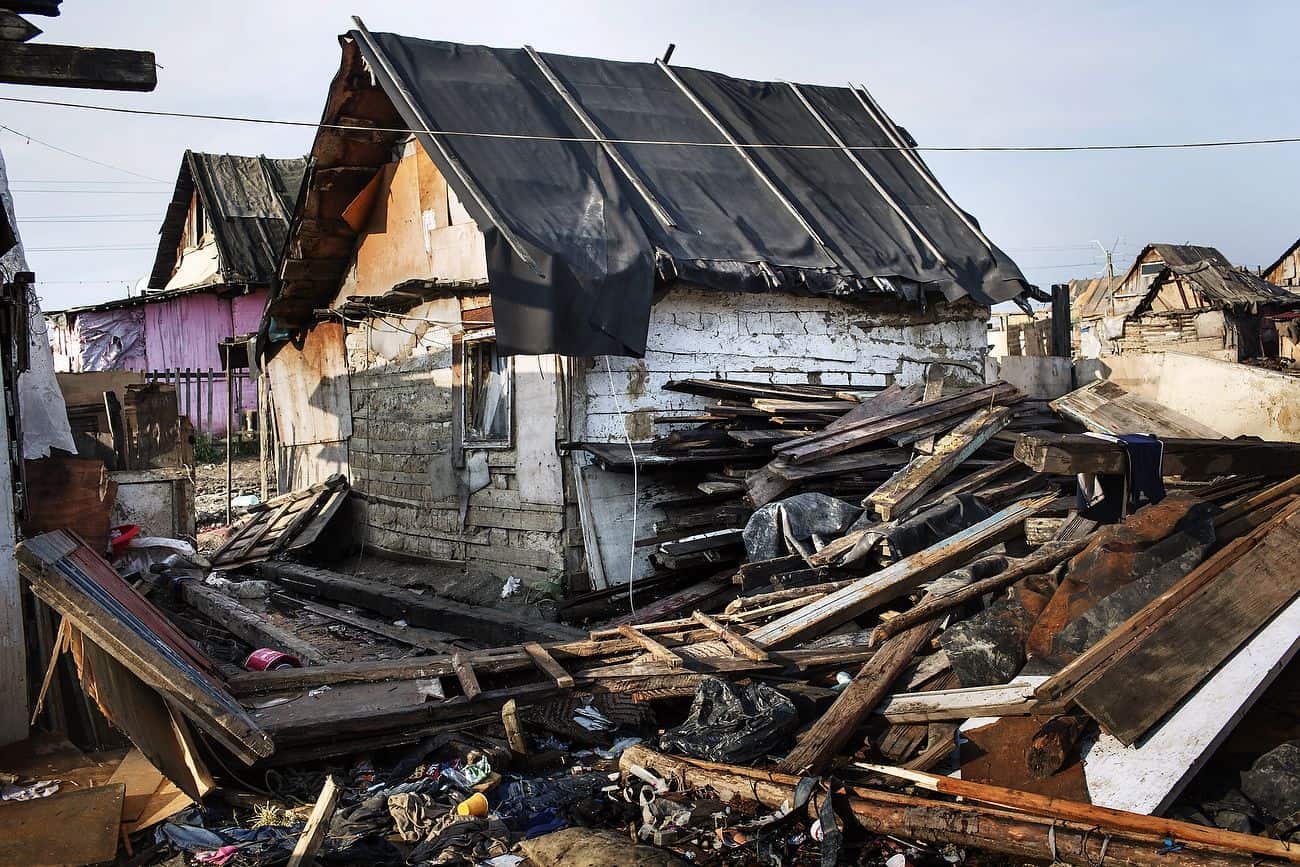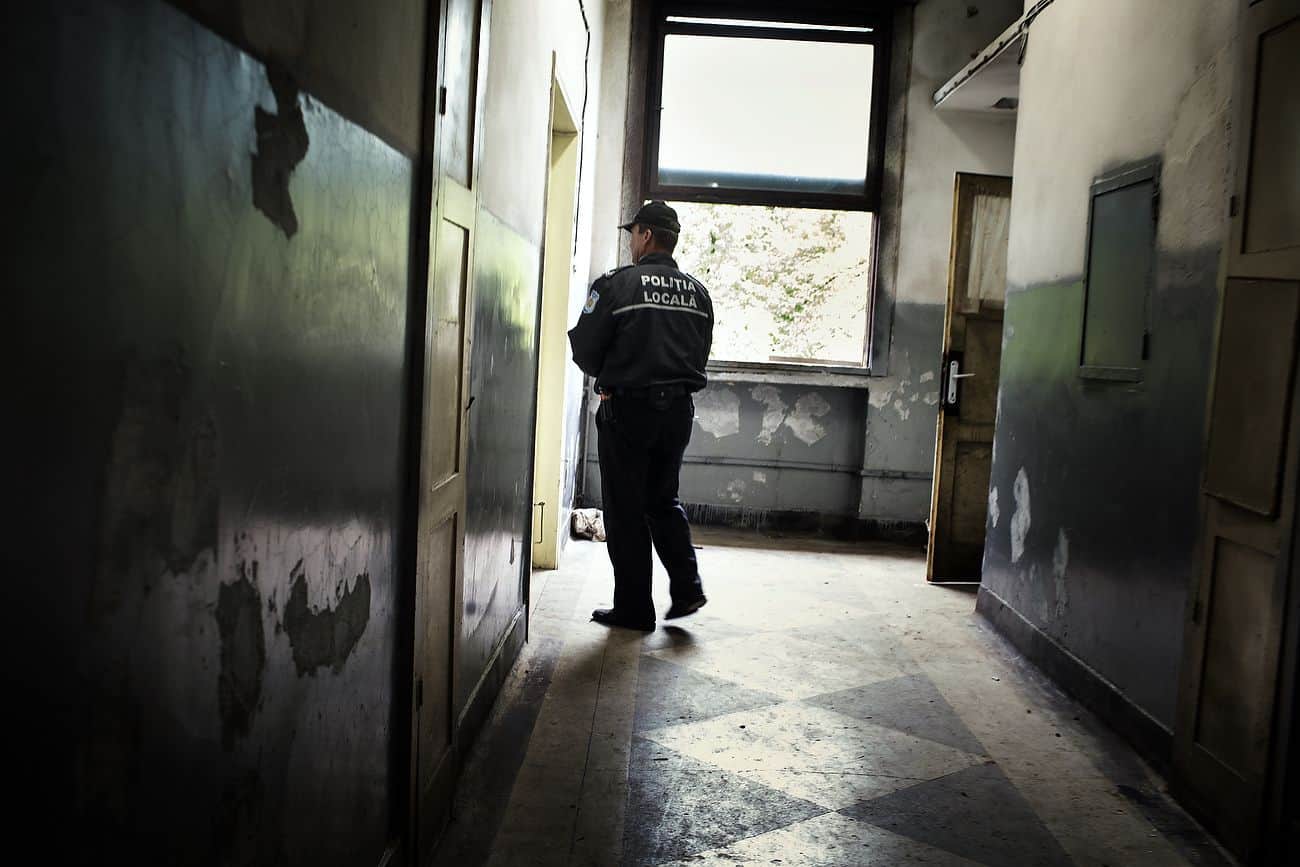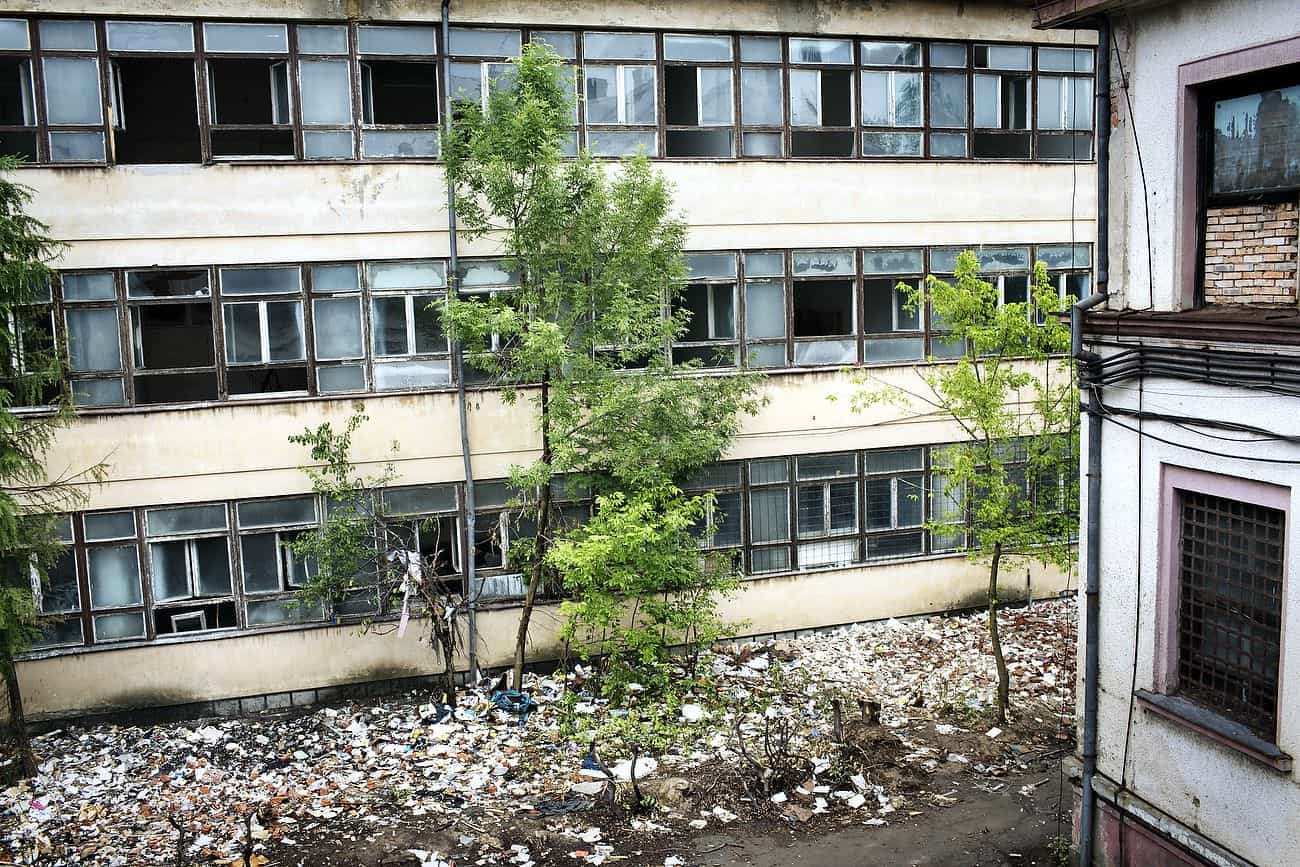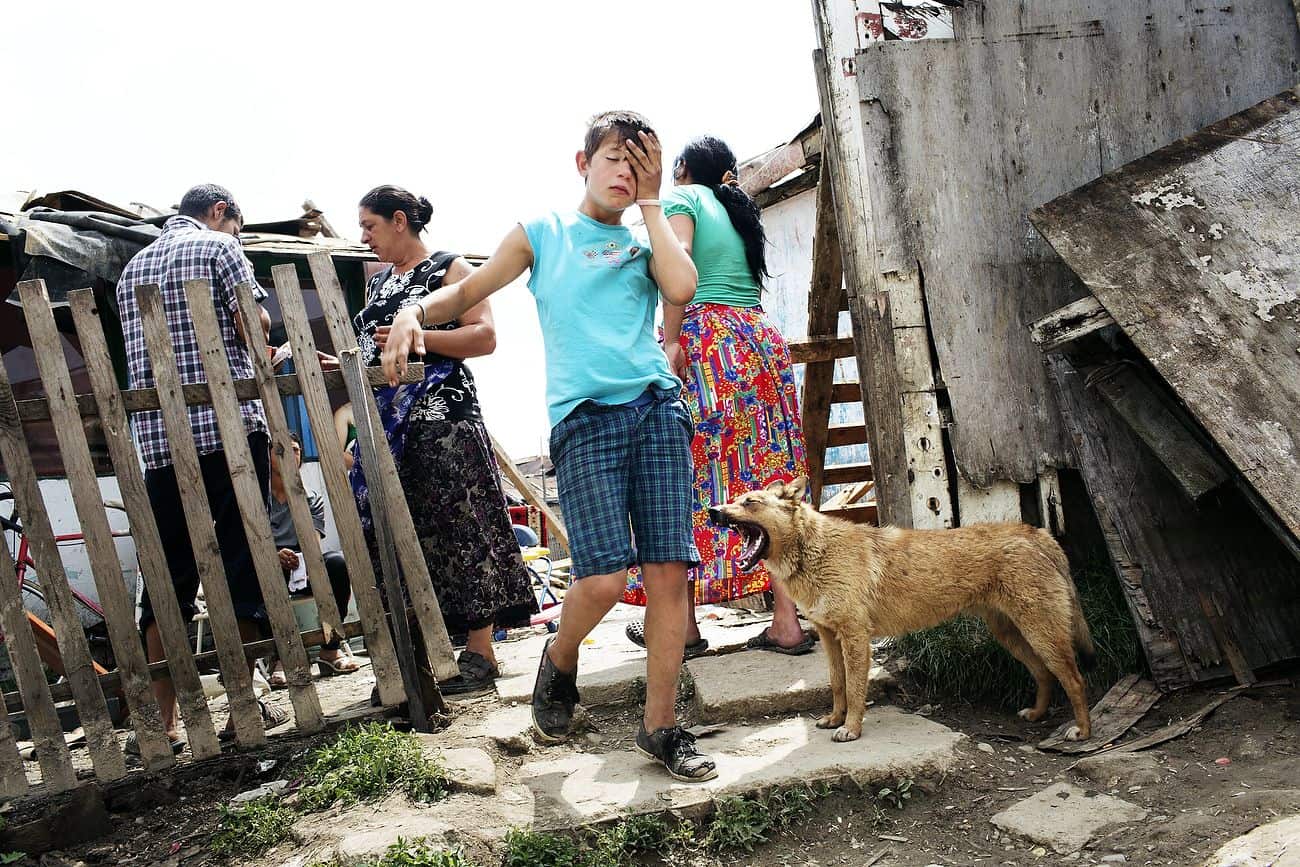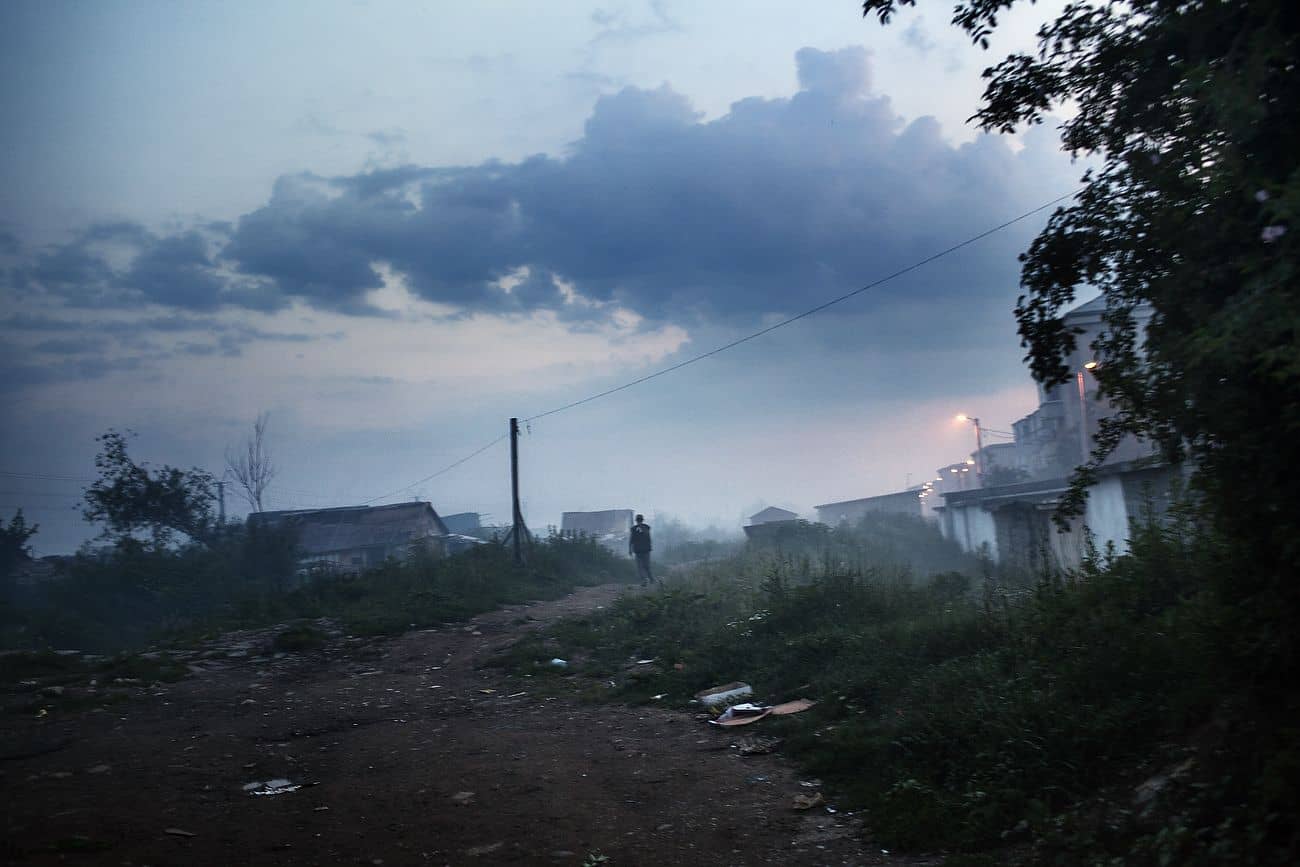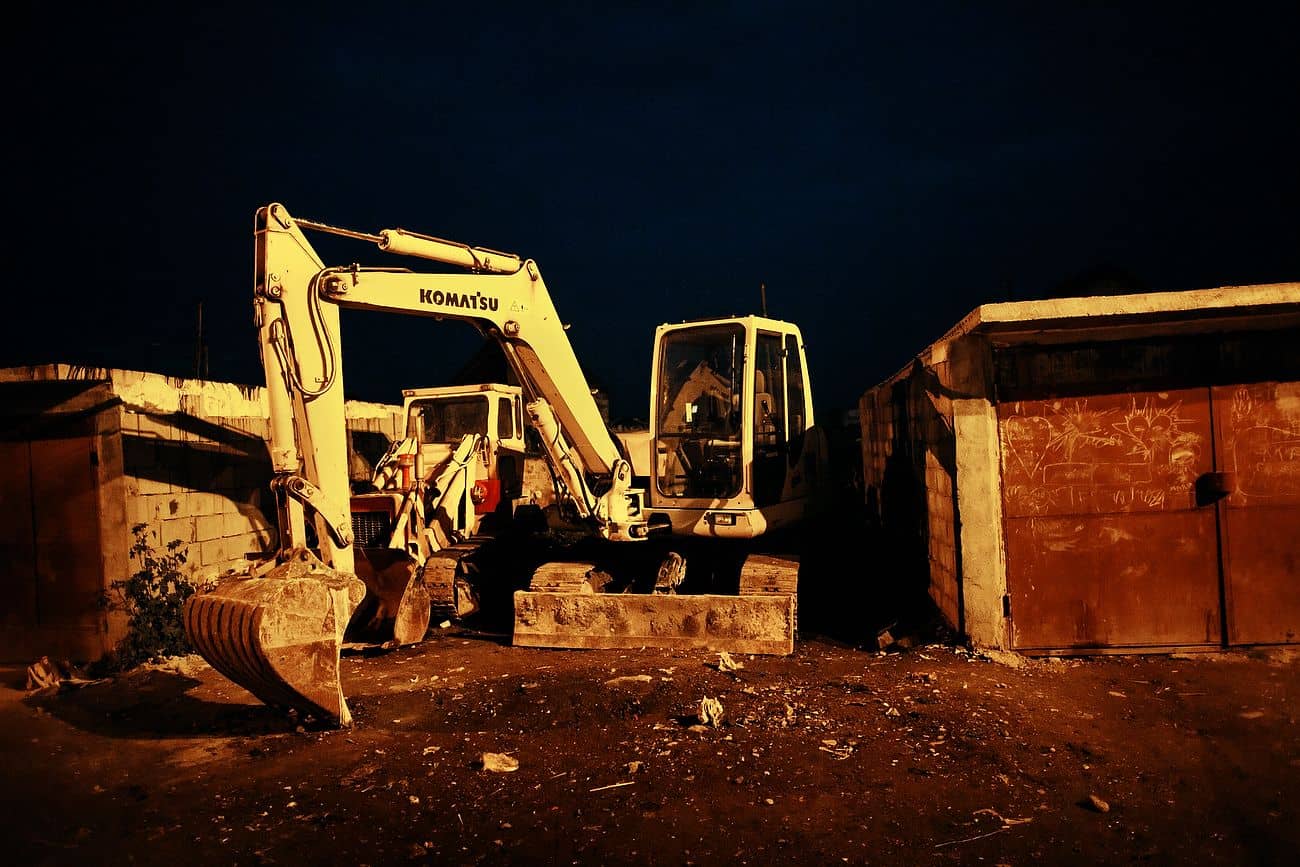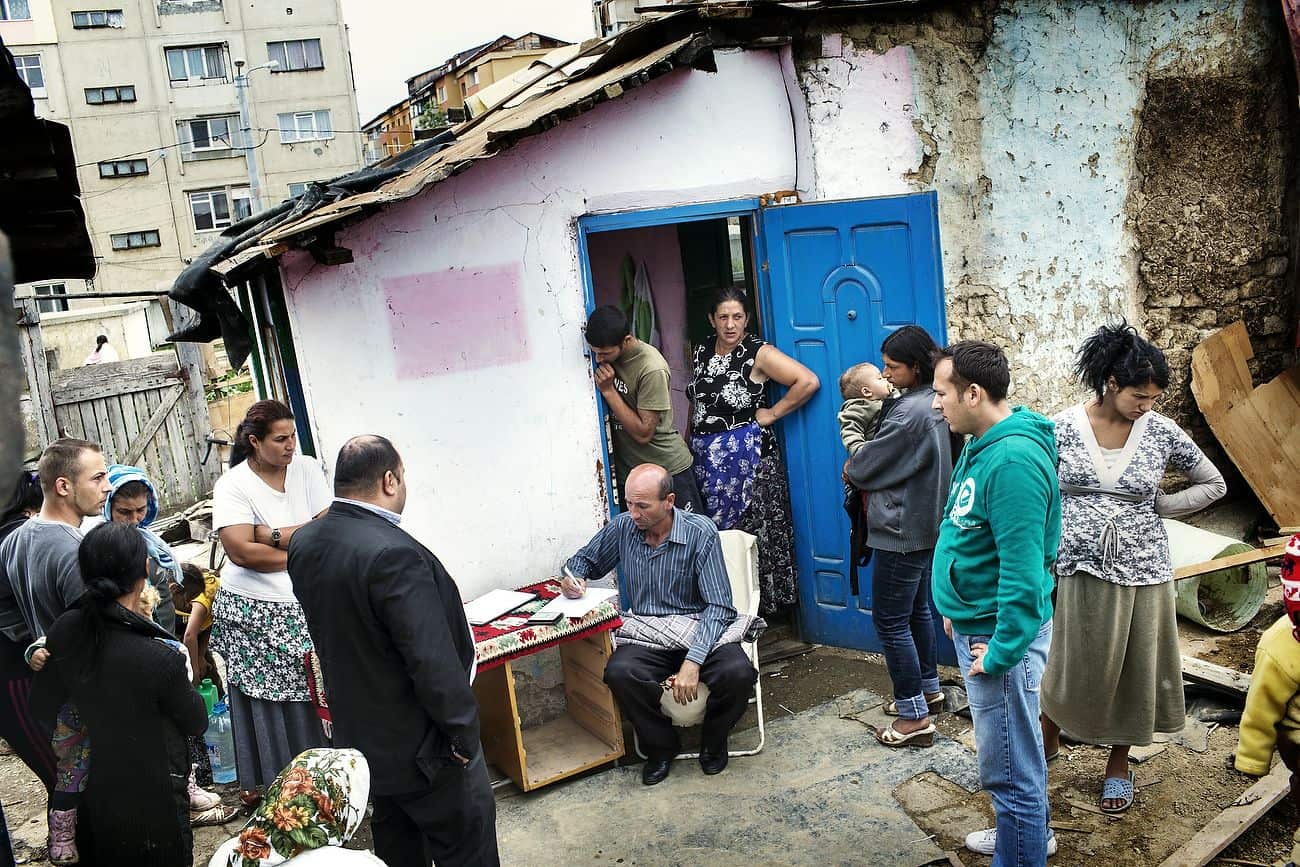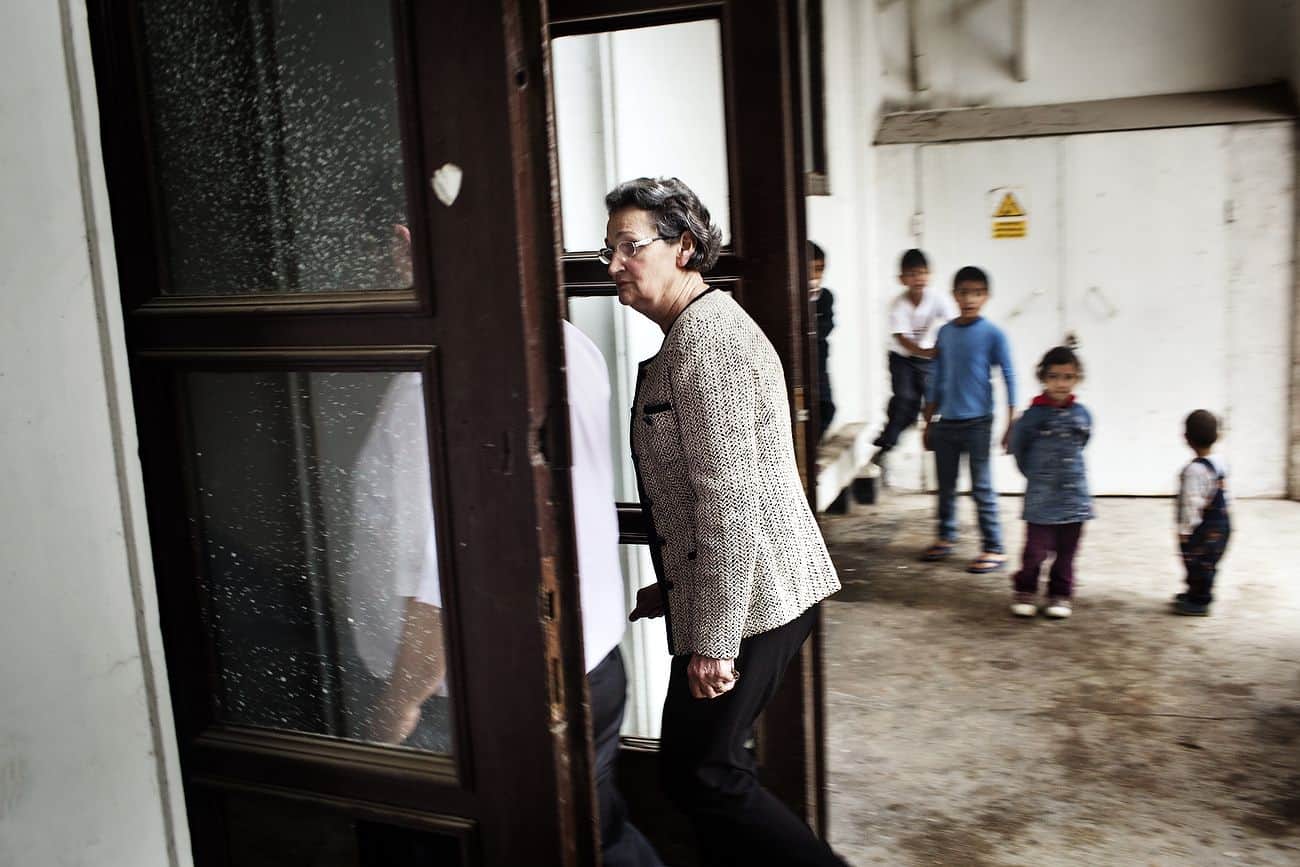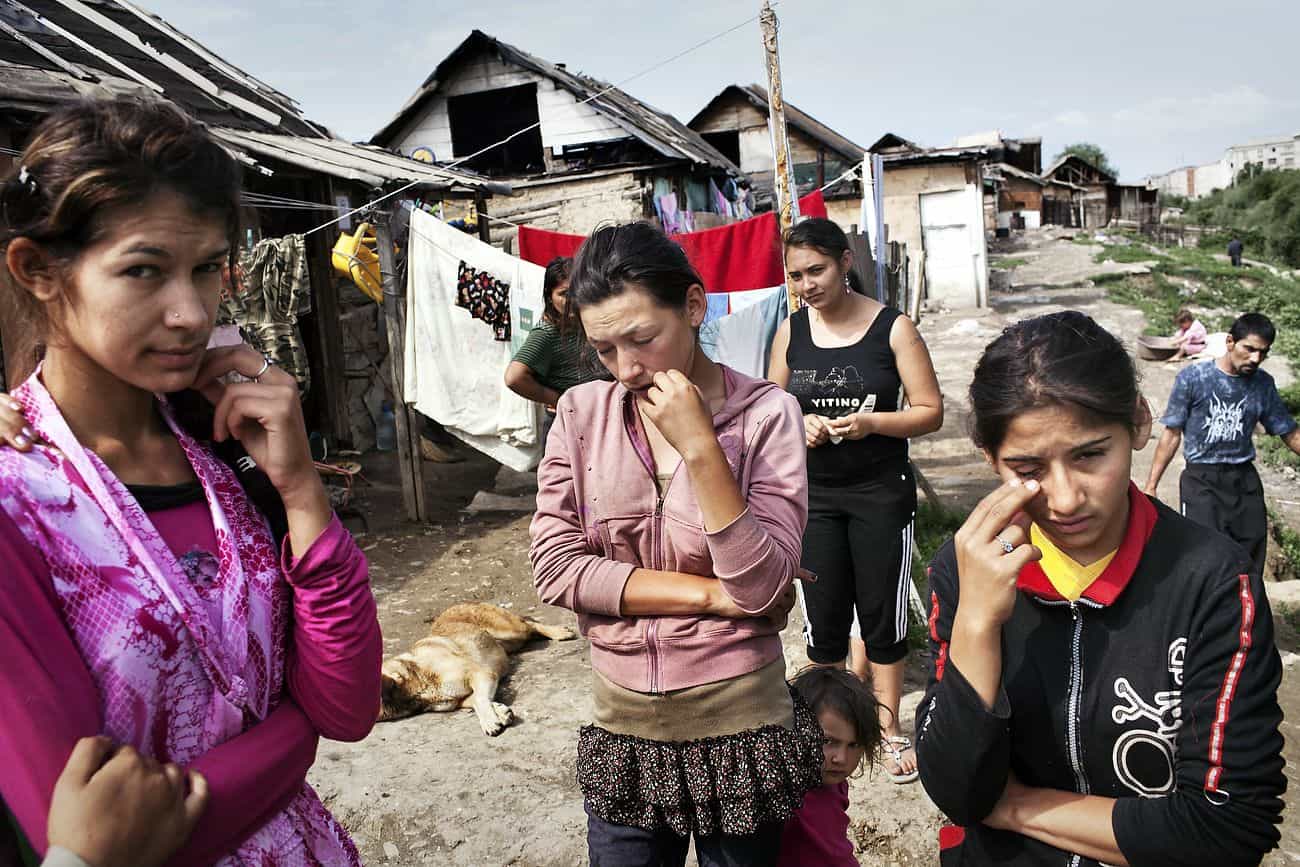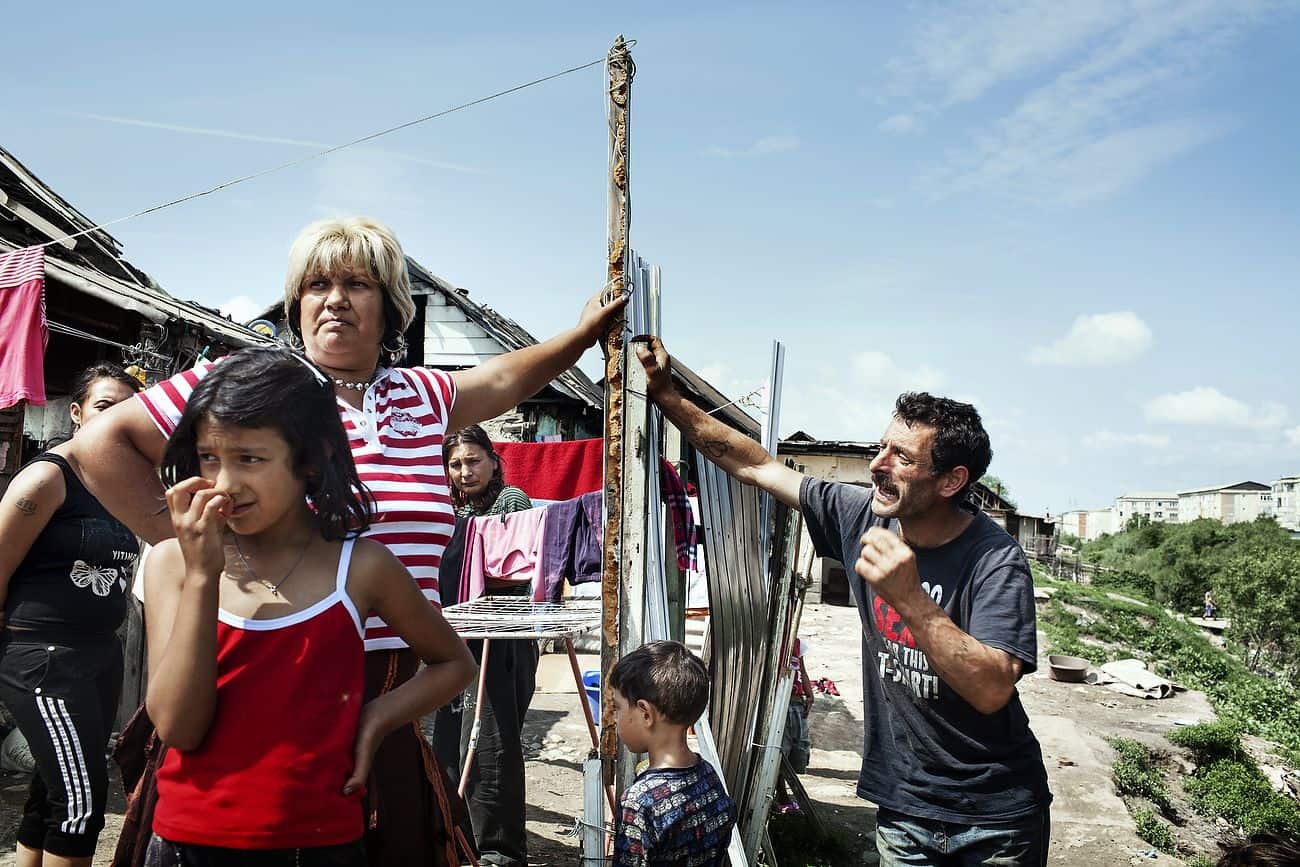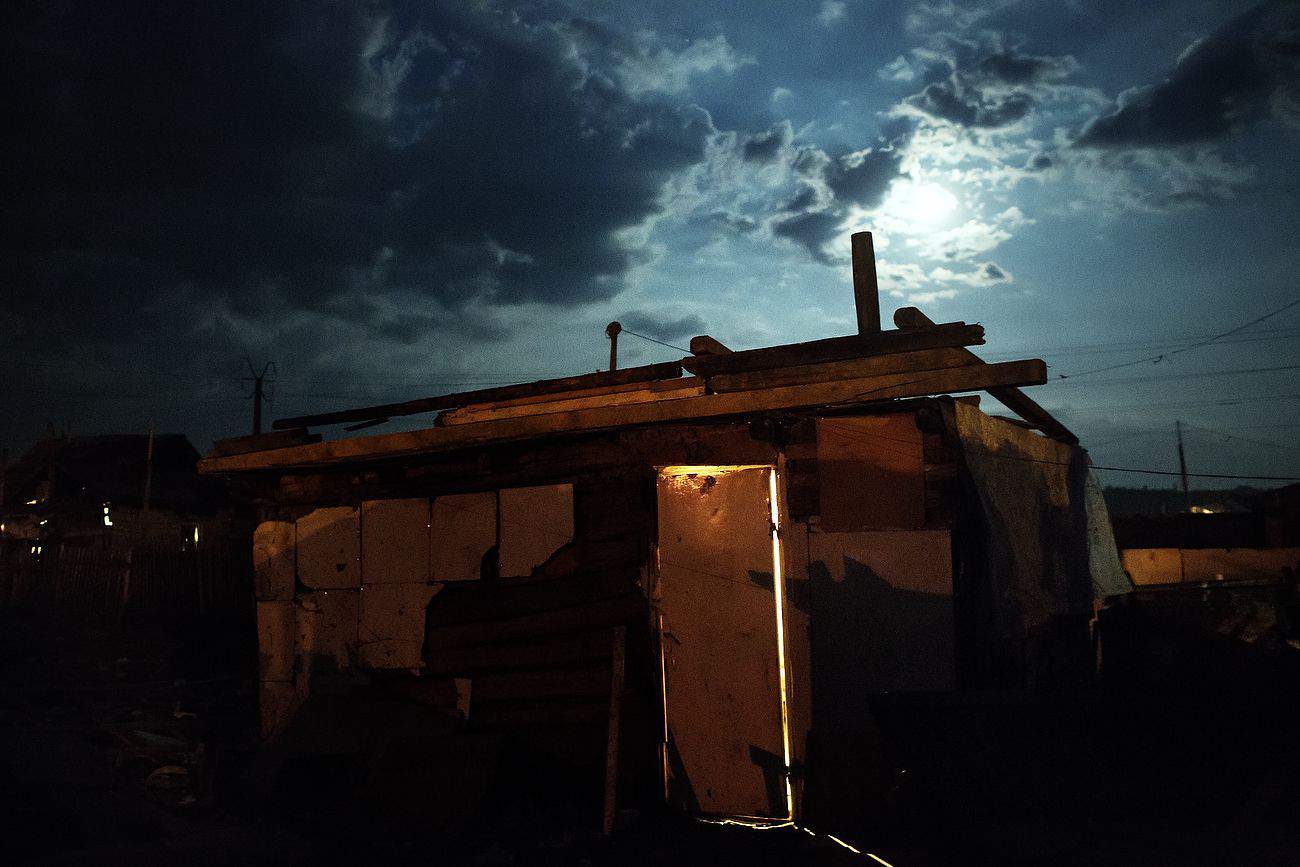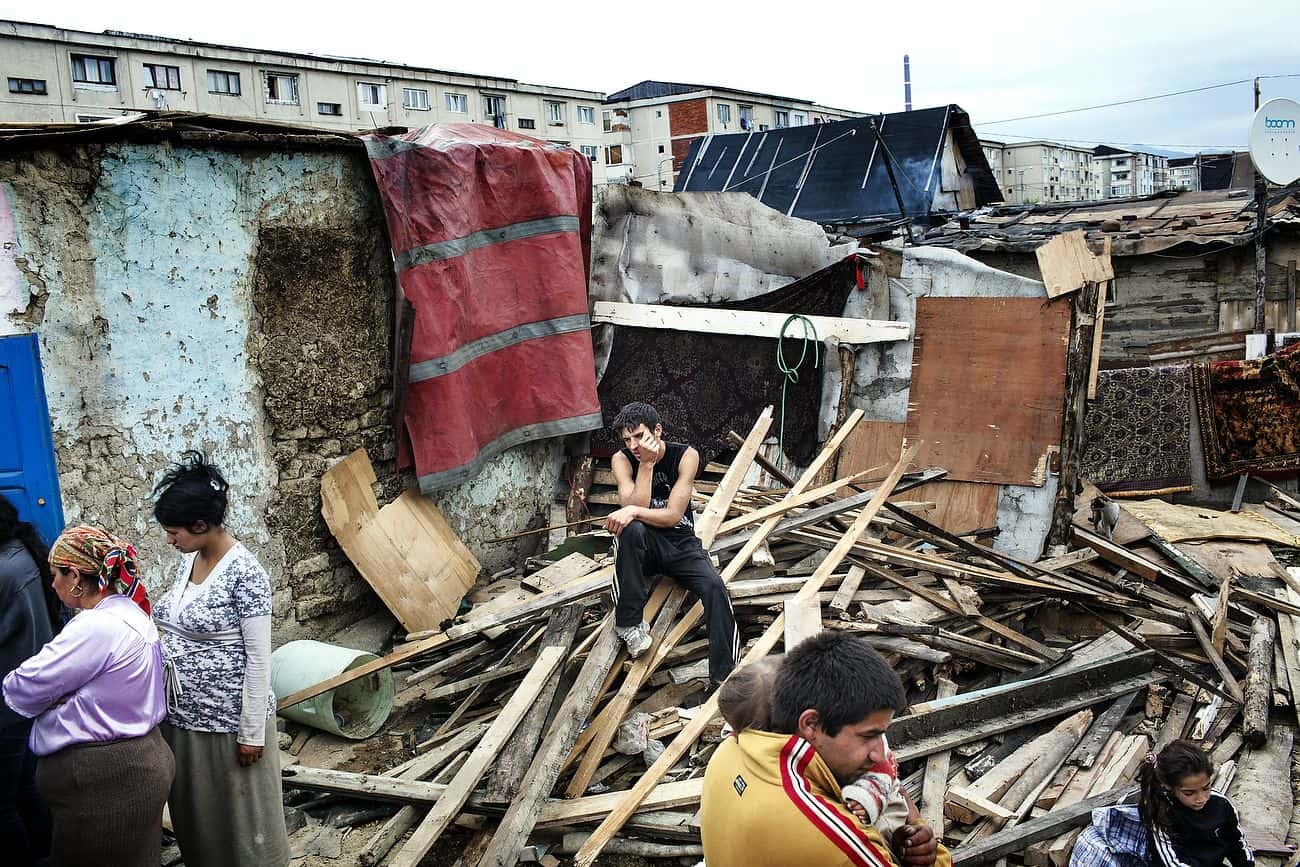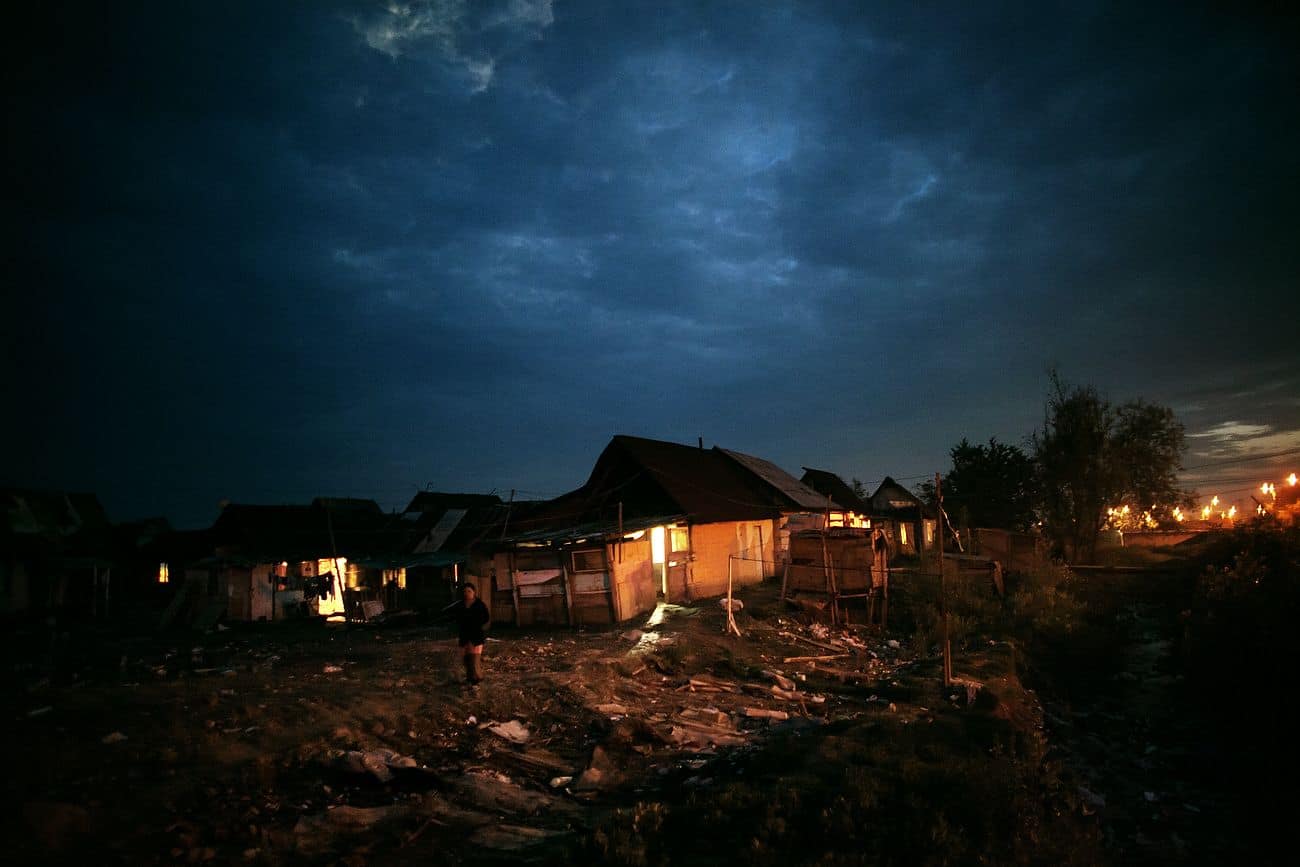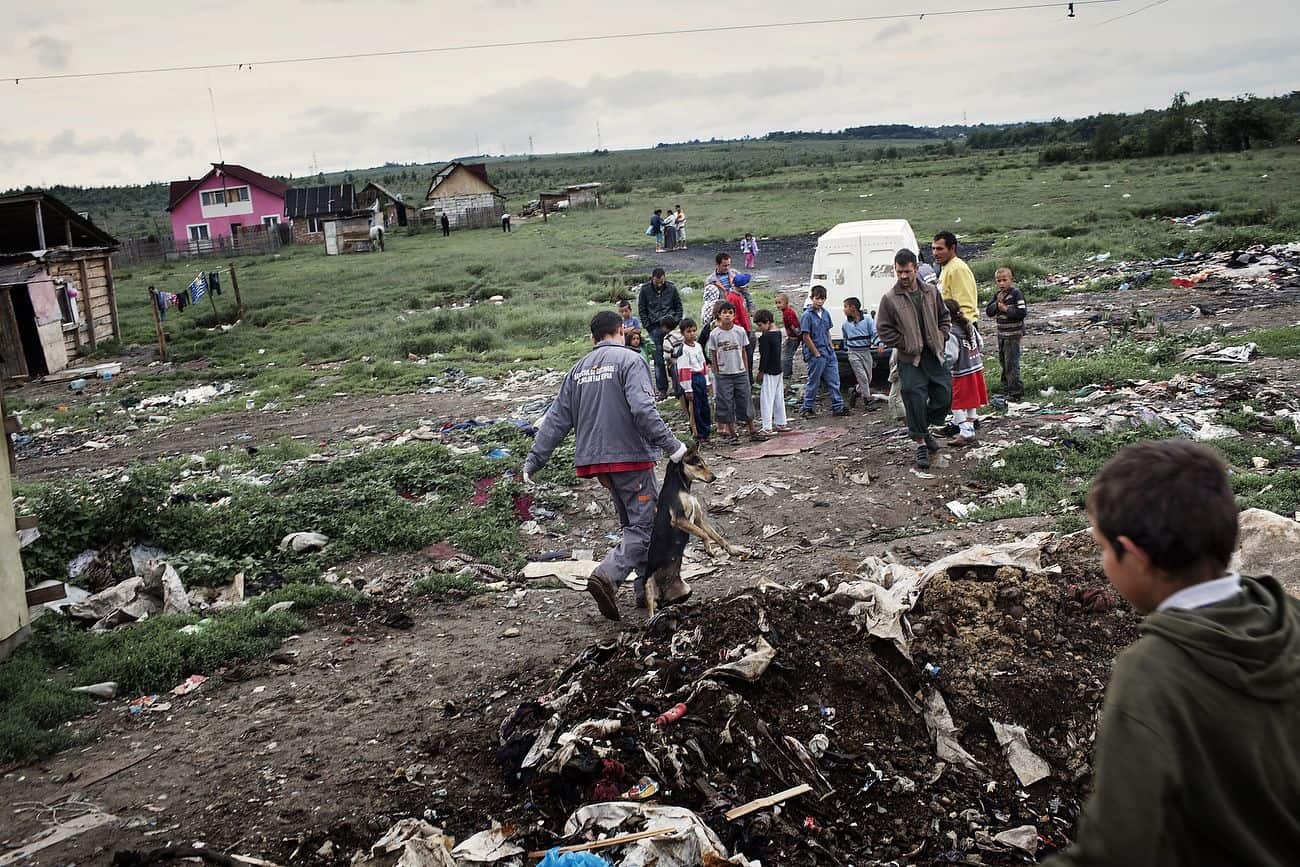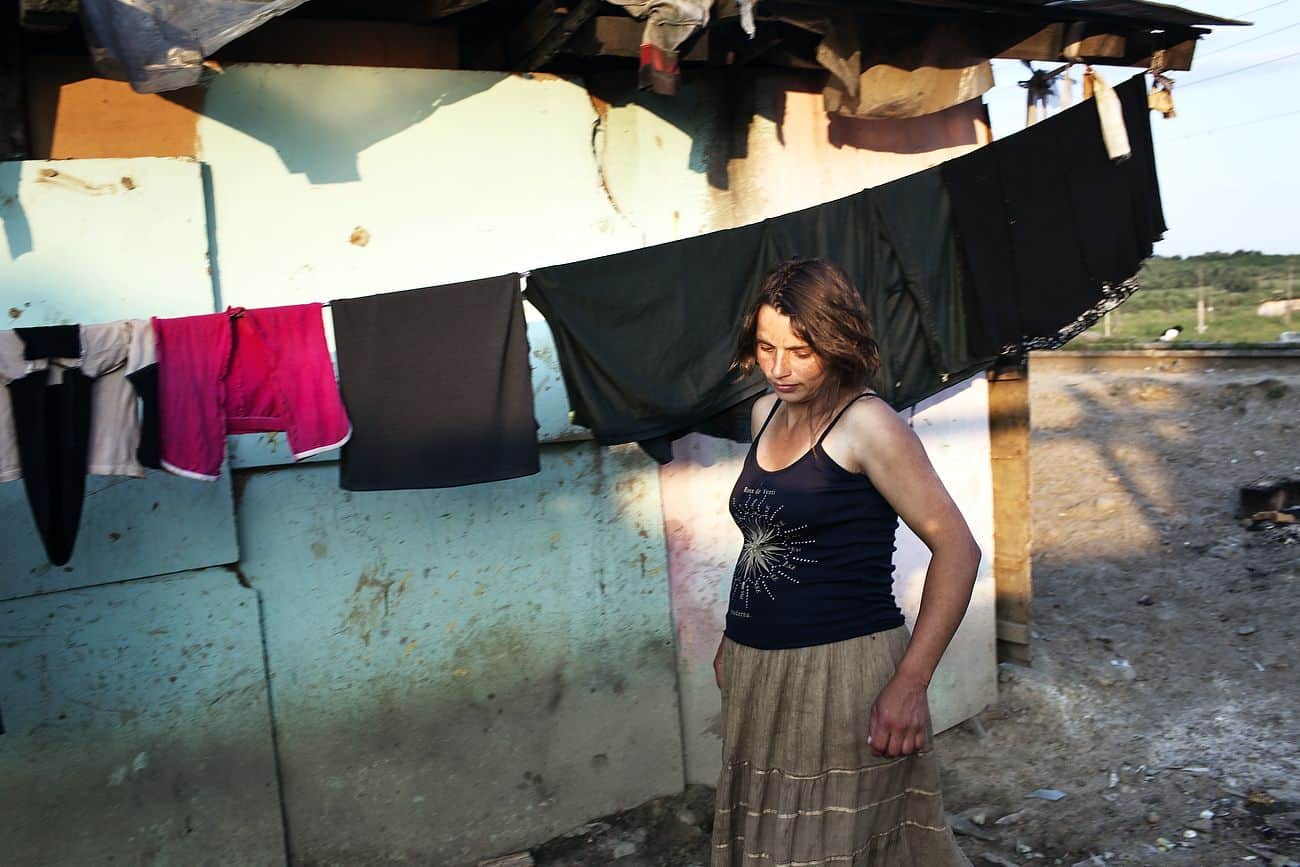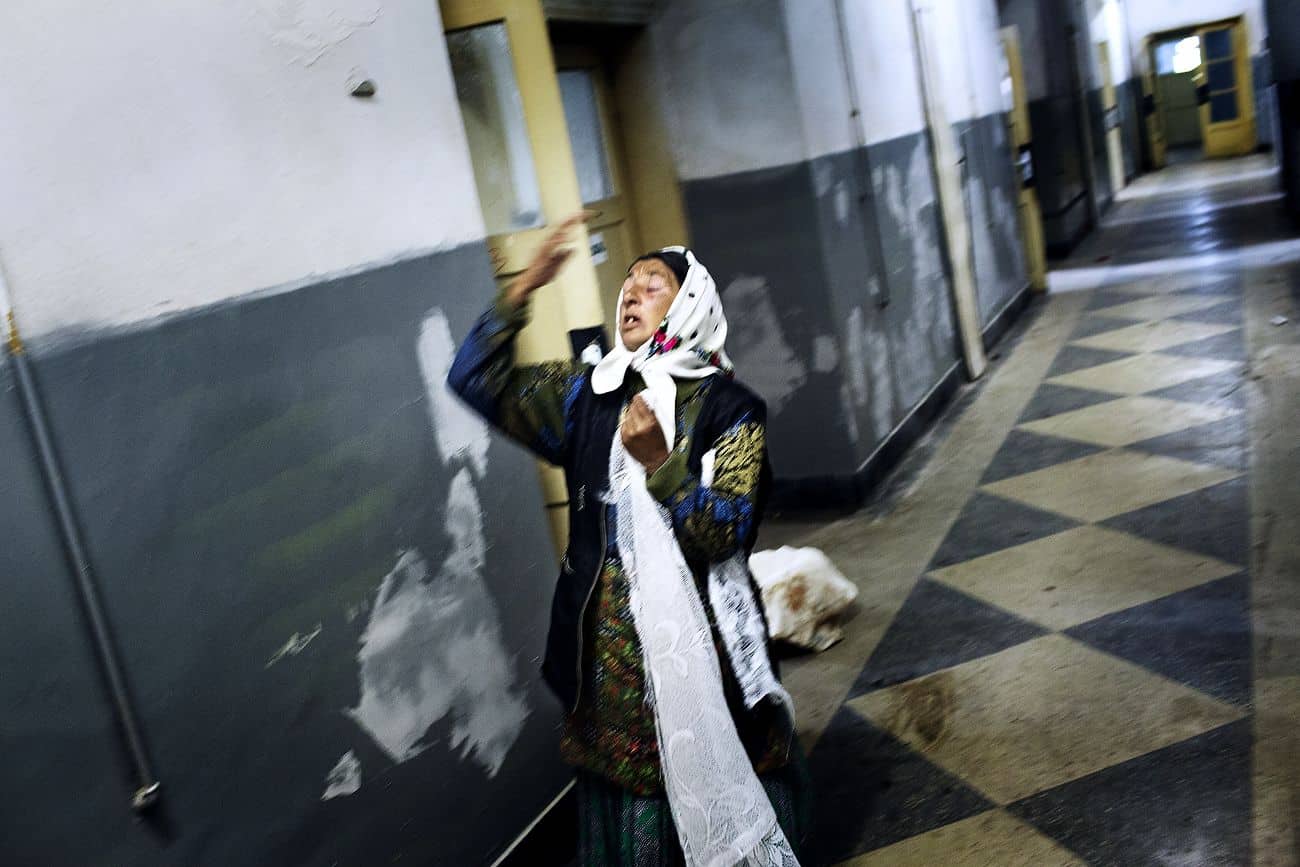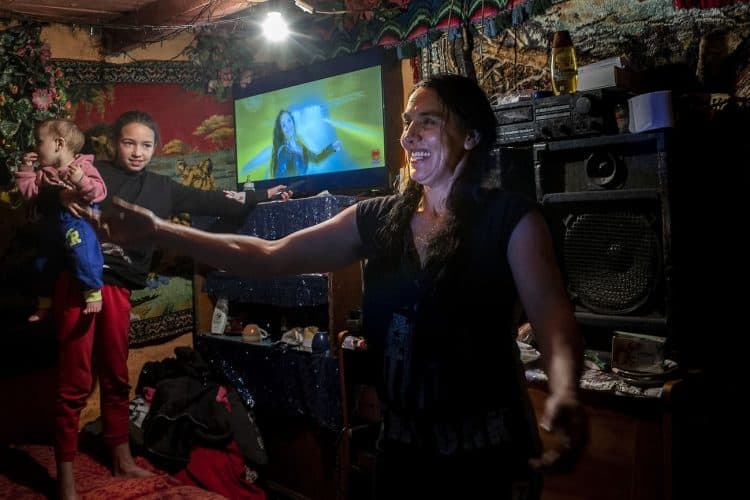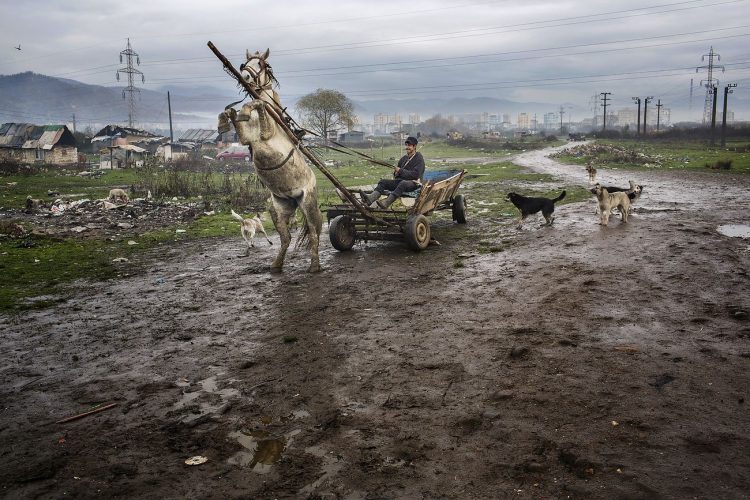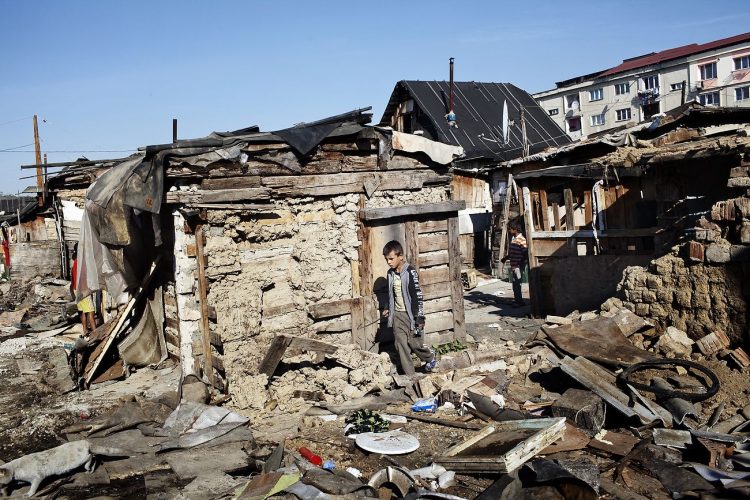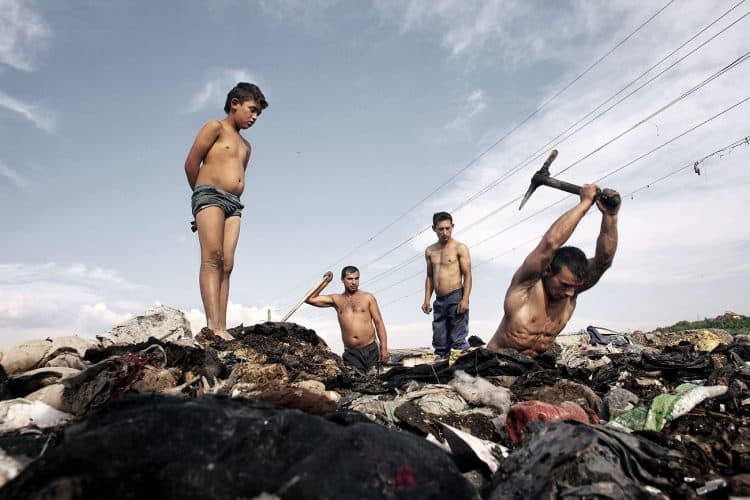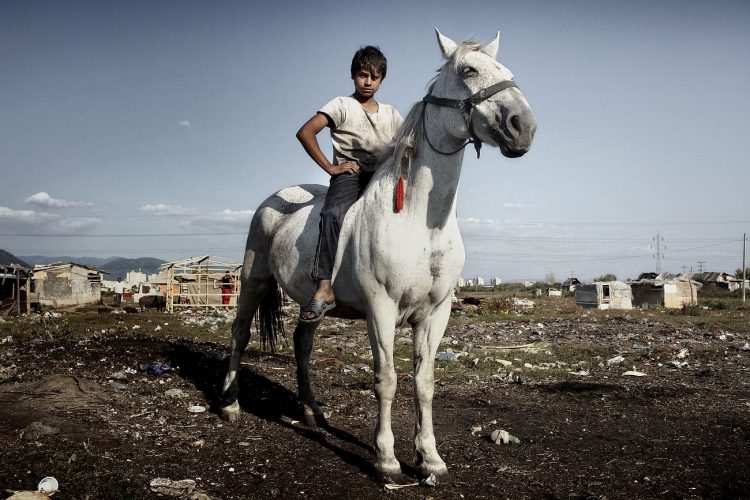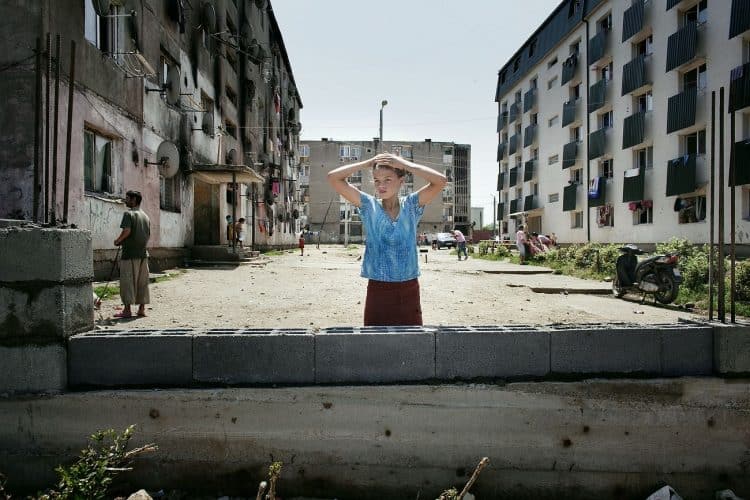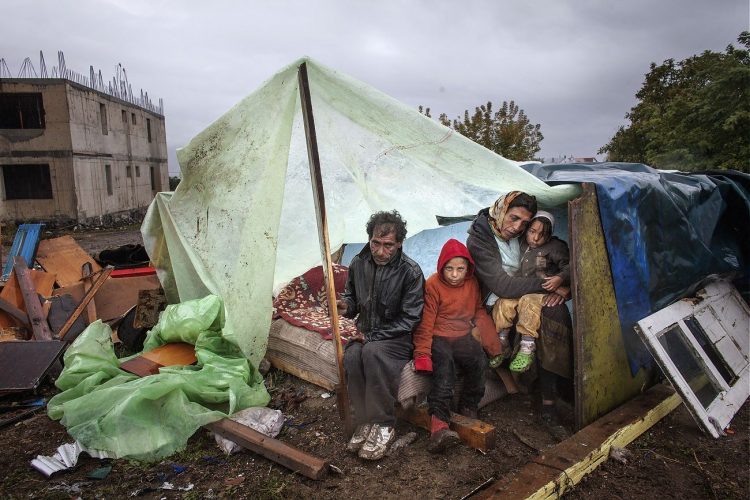Noticing a situation is the first step in recognising and solving a problem. It was there and then in 2010 when I opened my eyes and truly saw this heavily challenged ethnic group.
The sense of justice followed me since I was a kid. It was there when I defended my friends as kid, my colleagues, or when I discovered my ability to write. But it truly made sense when I decided to become a documentary photographer.
As I already told you, looking at the problem is the first step in solving it. And what better way to look at things than through the lenses of a camera. The camera gives me the ability to look at things without staring. It also helps me hide my emotions, for the things I sometimes see would make even the toughest men cry like babies.
Since then I’ve been constantly following Roma realities trying to give the world a different point of view. While through my images I want to make people look, through my ideas I want people to challenge their own limitations and preconceptions.
I remember the day I heard the mayor of Baia Mare stating that he will build a mighty wall around a Roma community on Horea Street, allegedly to put an end to the chaos created by the Roma in the neighborhood. I said to myself ‘look, this is a very thoughtful mayor indeed’…
The next day I flew to Baia Mare for the first time in my life. The plane landed around 22.30…Less than one hour later I was on Horea Street.
It was than when I first met Pise. Someone warned him of my presence and half an hour later he showed up. He wasn’t very welcoming as you would expect from someone claiming to represent the Roma community and he immediately stated that the wall is in the best interest of the Roma people on Horea Street.
The following days I met with Pise and we had some long chats about his intriguing view on what is best for the Roma people on Horea Street and in general.
I spent 3 weeks documenting the ghettoization of the Roma community on Horea Street and another week working for amnesty international on Craica, an informal Roma settlement threatened by forced evictions.
The initiative to enclose the complex was justified in the mayor’s eyes by the bad behavior of the Roma kids who allegedly throw rocks at passing by cars and occasional traffic accidents reported in the area. The plan also included video cameras and a police station to monitor the situation in the complex.
Facing international pressure from organisations like Amnesty International, the mayor changed the initial plan that originally included only one exit, and started to build the wall on the last open side of the complex. Building walls around each community where we can find uneducated kids, regardless of their ethnicity, will bankrupt this country. The truth is this wall makes no sense other than segregate the community.
The living conditions in this social complex are so bad, Roma people living in informal settlements, with applications for a proper house, dating up to 10 years back, refuse to move on 46B, Horea Street.
I was really scared by the cynicism of Romanian authorities. On one hand they claim they are concerned by the Roma kids wellbeing so they have to build this ‘protective’ wall, and on the other hand they they allow hundreds of kids to live in this social housing complex without direct access to electricity.
Without heating or electricity they live a life in conditions similar to those in the Middle Ages. The unfortunate ones get an improvised electricity line form their neighbors. When you discover how much they pay for this bootlegged current that fuels maybe one light-bulb (20 Euro), you realize being poor doesn’t come cheap.
On many floors you can find broken banisters so walking the staircase it’s life threatening not just for a 3 years old but for all inhabitants.
